As we learned on our recent walking tour of Dorothea Dix Park, it’s important to learn from Raleigh’s past so we can create a better future. The Mordecai Historic Park northeast of downtown Raleigh offers that opportunity.
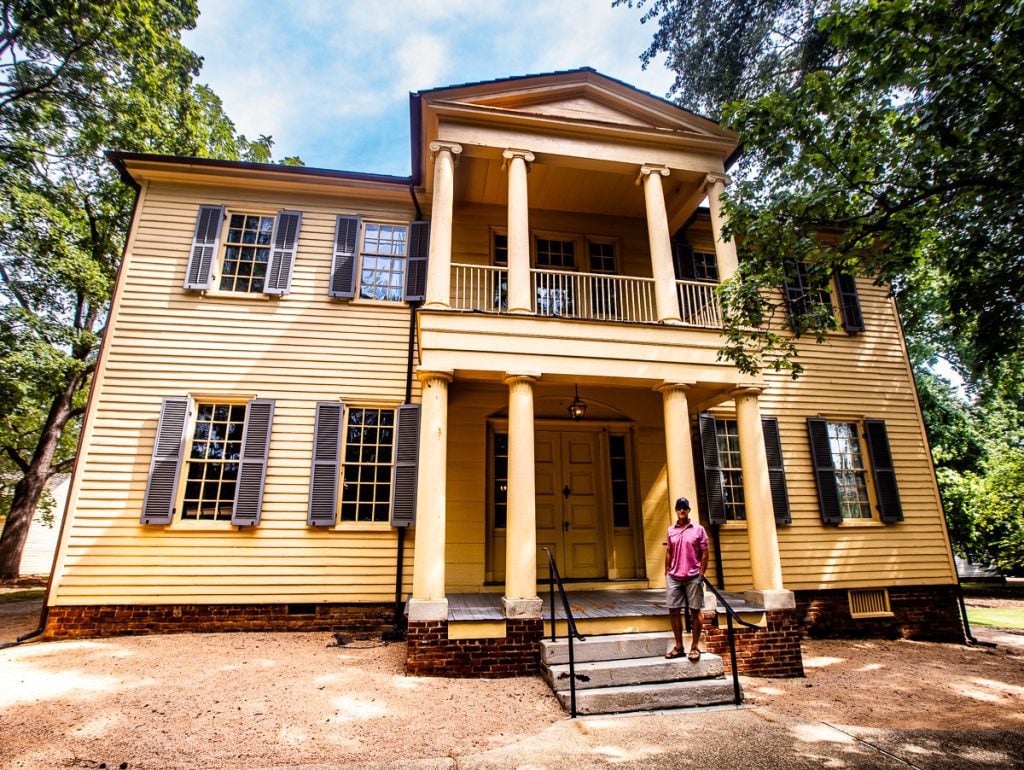
This former plantation home of Mordecai House used to have uninterrupted views of Raleigh downtown. You could look right back at the house on the hill and know the wealth and power the Mordecai Family held.
But through the years as massive oak and magnolia trees reached their full potential, and taller buildings filled the land, that love gaze was interrupted and, alongside it, the Mordecai’s power and wealth.
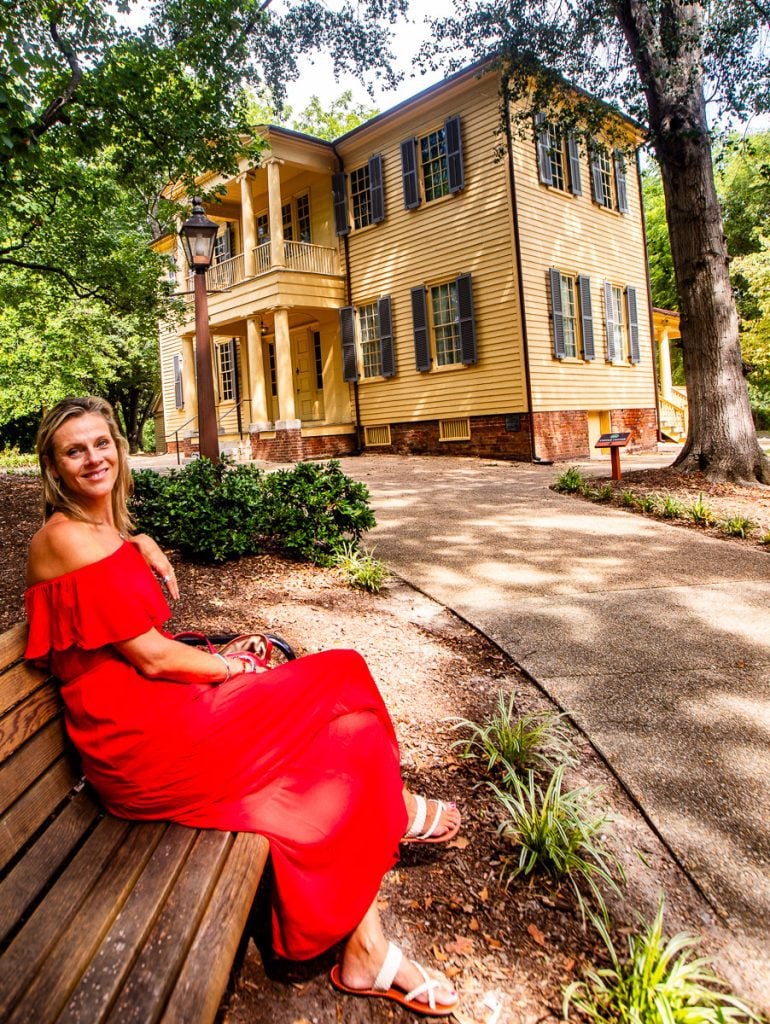
In putting together our weekend events in Raleigh blog post, I discovered that the Free Friday Mordecai tours were happening. They only happen twice a year, so we added it to our calendar and made our way down to Mordecai for the first tour at 10am.
Don’t worry if you miss the free tours, they run paid tours for a small fee from Tuesday – Sunday (see bottom of post for more info). Some things are just too good to wait for!
If you’re ready to embark on a journey through Raleigh’s history, Mordecai House is your ticket to time travel.
About Mordecai Historic Park
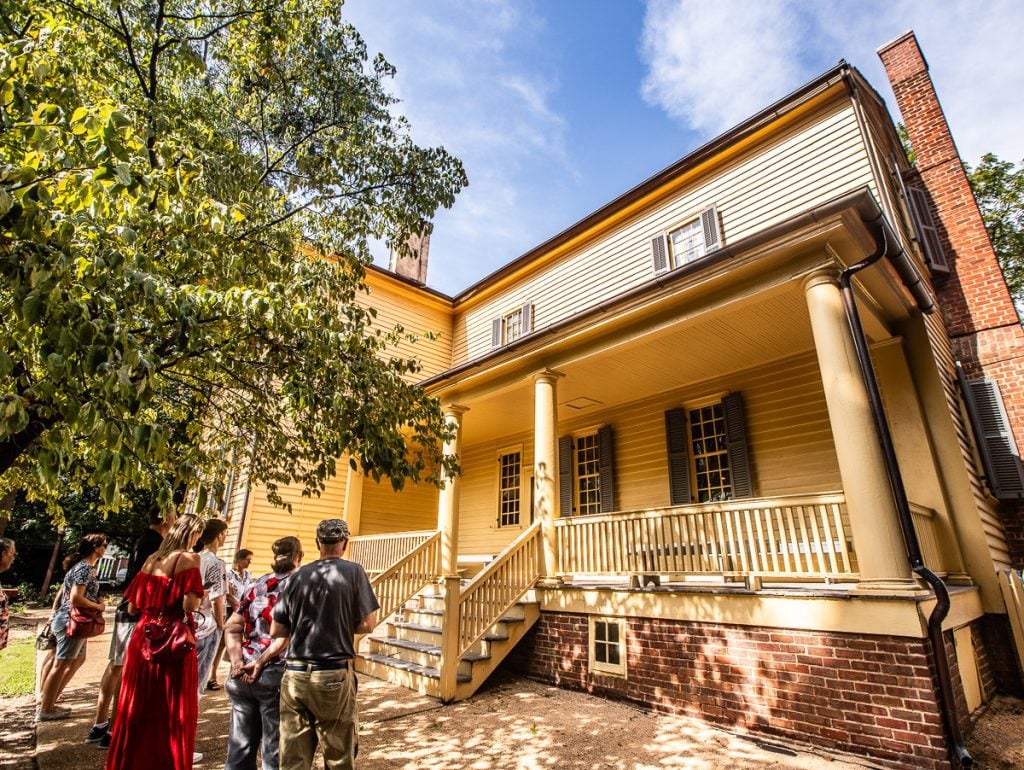
Also known as the Mordecai Plantation or Mordecai Mansion, the Mordecai House was built in 1785. It is the oldest house in Raleigh on its original foundation and is a registered historical landmark and one of the fantastic museums in Raleigh, North Carolina.
The house is the focal point of the three-acre Mordecai Historic Park. The other historical buildings either that were part of the plantation estate or were moved here from other places in North Carolina.
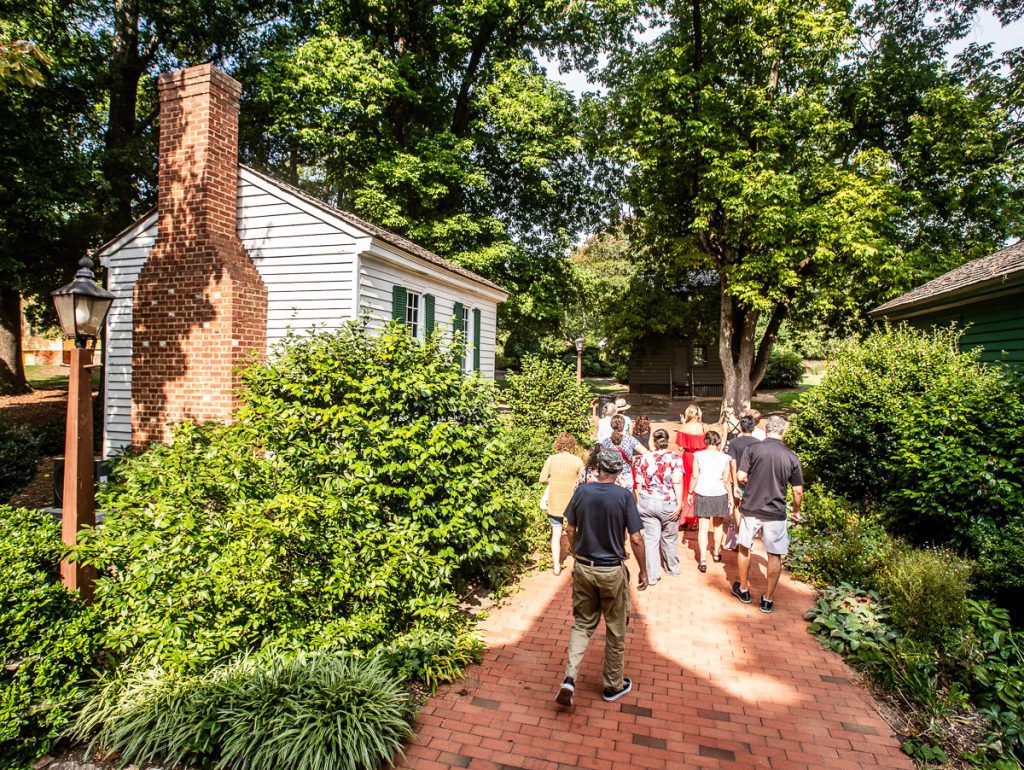
As our guide told us at the beginning of our tour, any building that is yellow is part of the original Mordecai Plantation. All colored buildings are transplants bought here for preservation.
Where is Mordecai Historic Park?
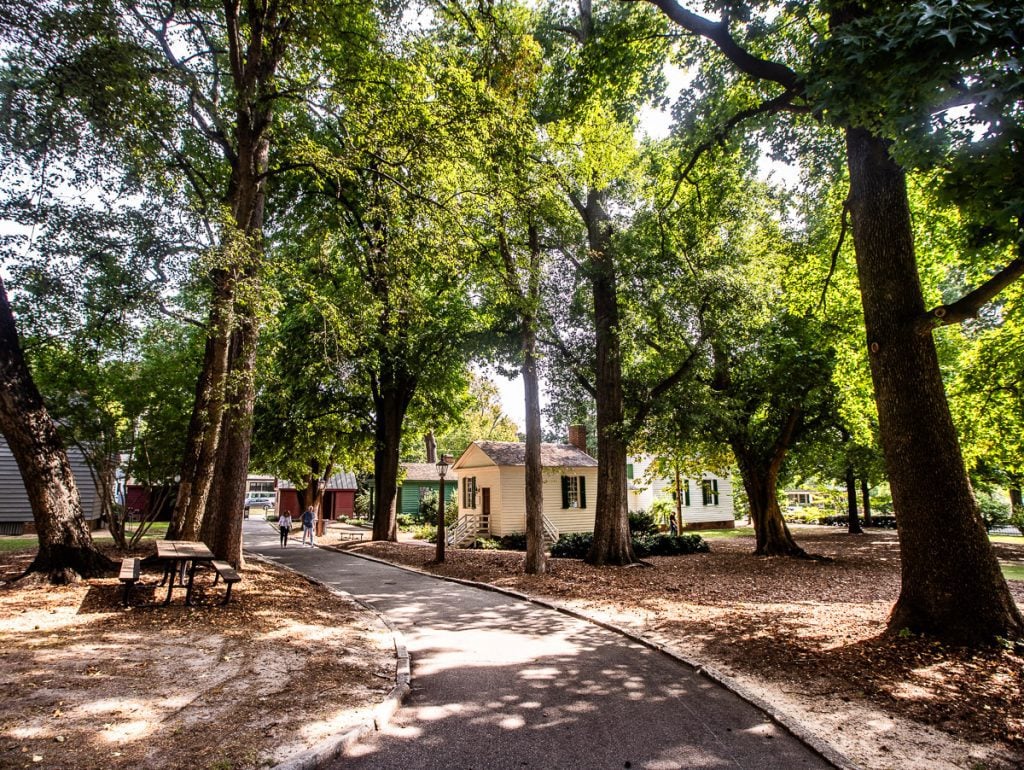
Mordecai Historic Park is located in the Mordecai neighborhood and adjacent to the Historic Oakwood neighborhood.
Nestled in the heart of downtown Raleigh, Mordecai House holds its ground at 1 Mimosa Street. Yep, you read that right – a historic gem right smack in the middle of the city. How cool is that?
The Visitor Center is located on 1101 Wake Forest Road in Mordecai in between Mimosa St and Cedar St. You can find parking along both streets and the visitor center location on Cedar St.
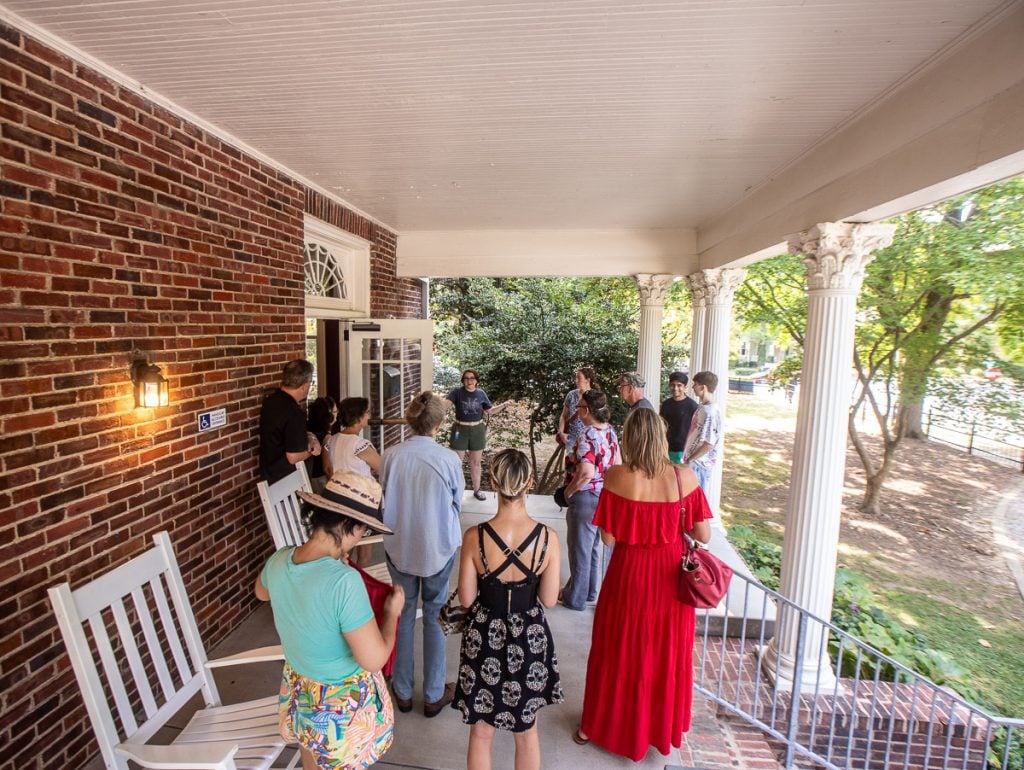
The Visitor Center and the first floor of the Mordecai House are wheelchair, scooter, or Electric Conveyance Vehicle (ECV) accessible via ramps.
Why Take a Tour of Mordecai Historic Park?
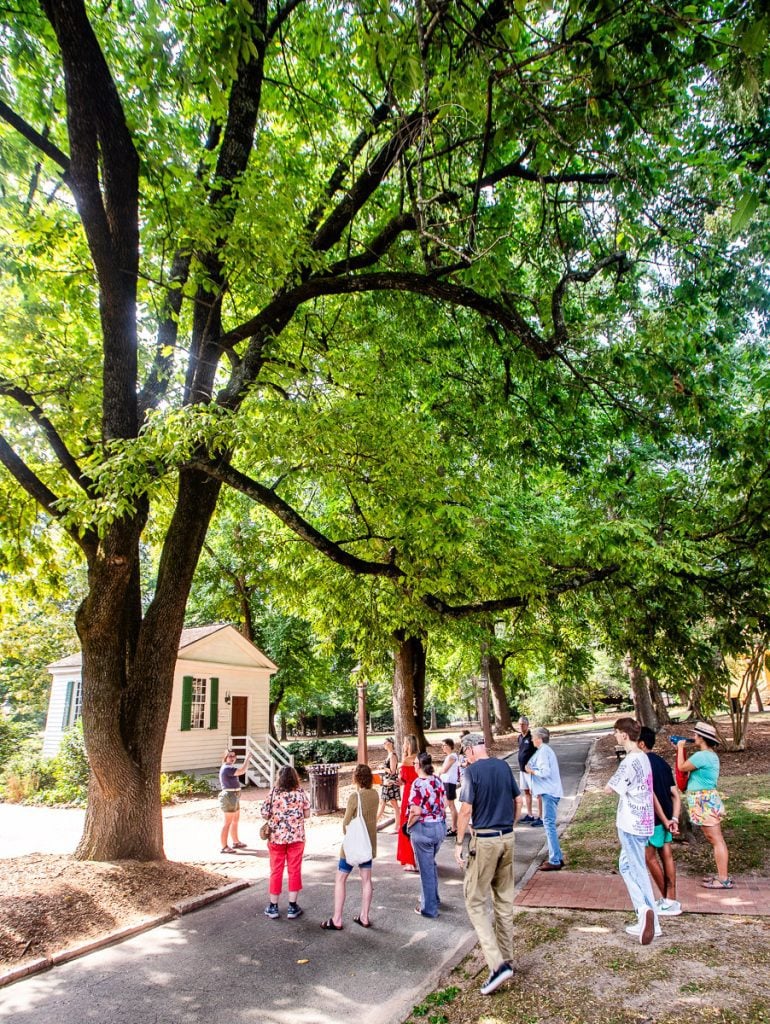
Because history is a master storyteller, and the Mordecai House has plenty of tales to share.
Taking a tour transports you back to a time when Raleigh was finding its footing. You’ll get a firsthand look at the lives of the families who called this house home, and the stories of the enslaved people who played an integral role in its history.
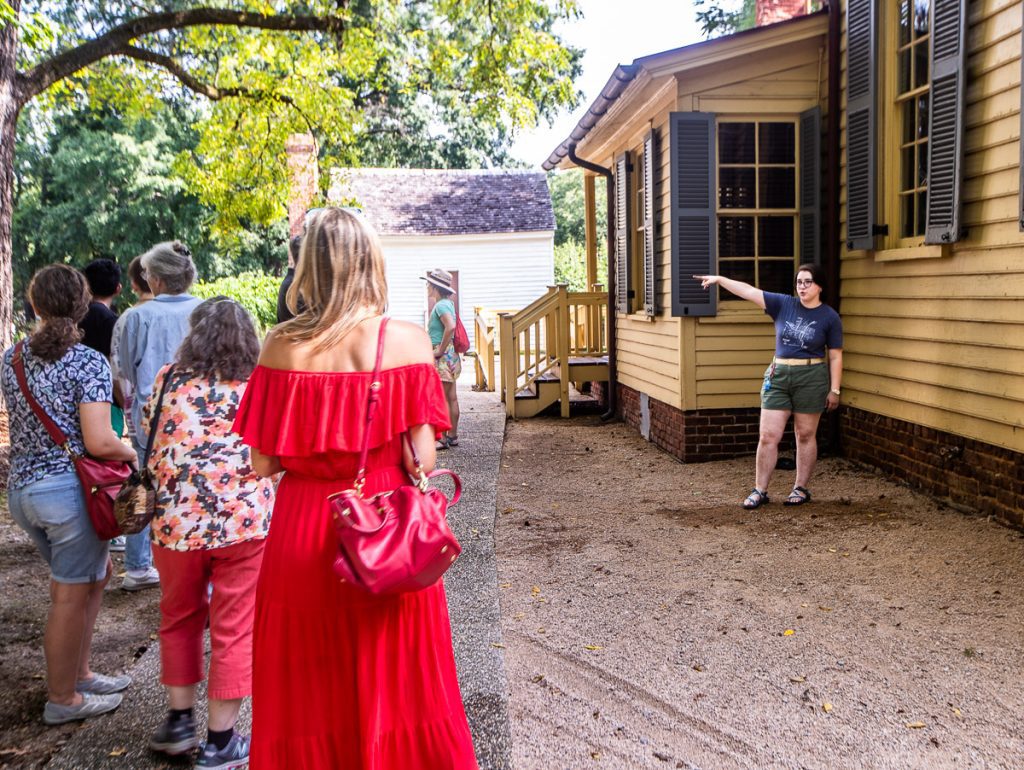
Before taking this tour, we’d walked on the grounds of the historical park many times – we’ve even had friends who married in the small chapel here. But we barely knew anything about the property except it was the former farm of slave owners, and Andrew Johnson’s birth home was located here.
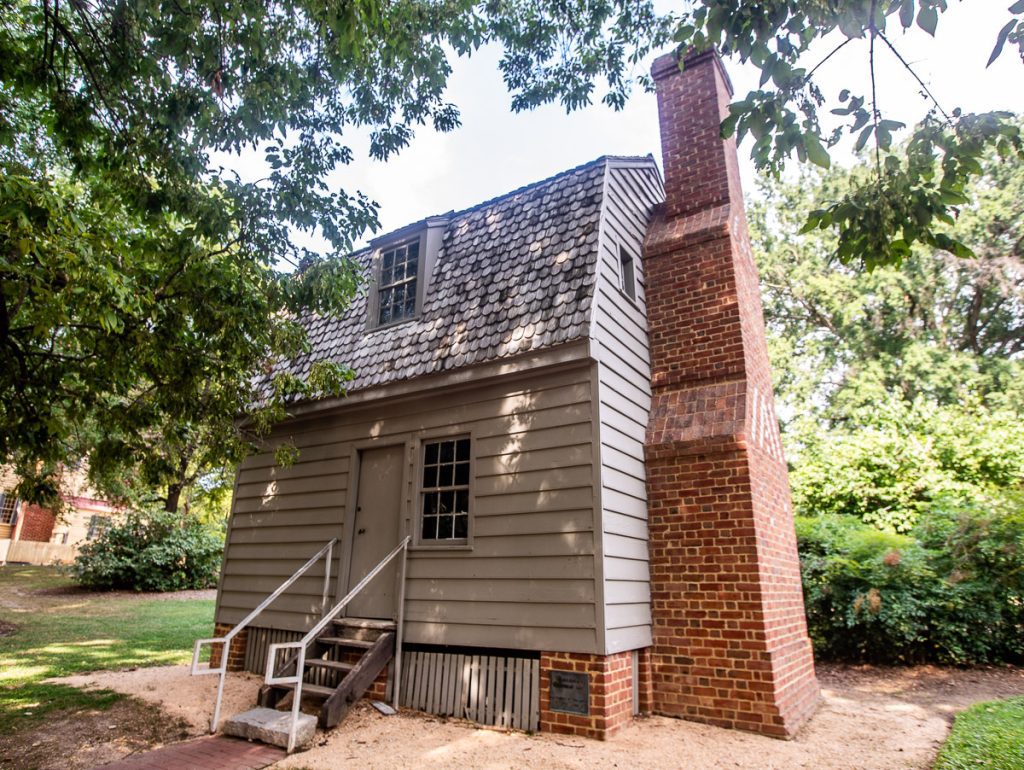
Thanks to our informative tour guide, Jordan, we learned a lot of interesting facts and stories about the Mordecai home, family, slaves, and the lives of those connected to the other buildings.
Our small group of about 15 met at the Visitor Center, where Jordan gave us a brief introduction and led us over to our first stop on the tour.
Andrew Johnson’s Home (17th President)
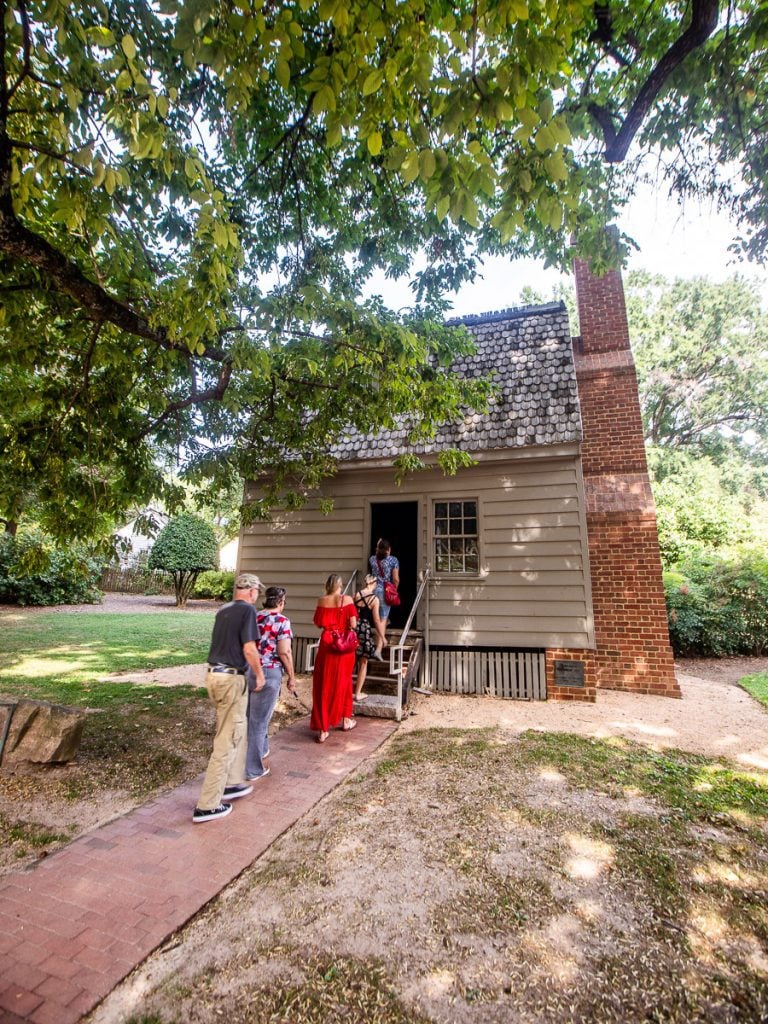
If you were paying attention in history class, you may know a little about Andrew Johnson, the 17th President of the United States.
He was born into poverty right here in downtown Raleigh, and at Mordecai Historic Park you can walk right into his birth home. It’s not the original location, the small wooden shack was relocated here from downtown.
He was born in the upstairs room above what would have been a kitchen, which is where we stood as we learned about his life. You cannot go up the stairs to see his birth room as the original steep stairs do not pass regulations!
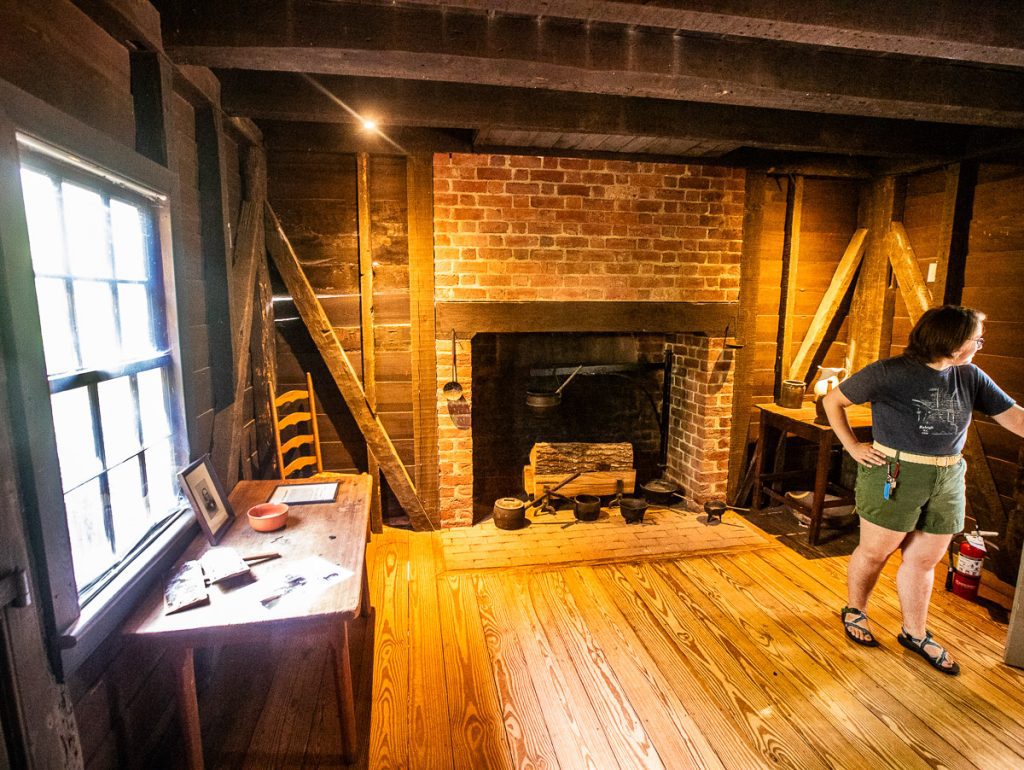
Johnson was born into poverty and was apprenticed out with his brother to a tailor by his parents for a 10-year contract that provided only room and board. He ran away at 15 and escaped to Tennessee – despite having a $10 reward on his head!
It was here that his journey into politics began as mayor of Greenville to the governor of Tennessee, then onto the US senate as it was on the brink of war.
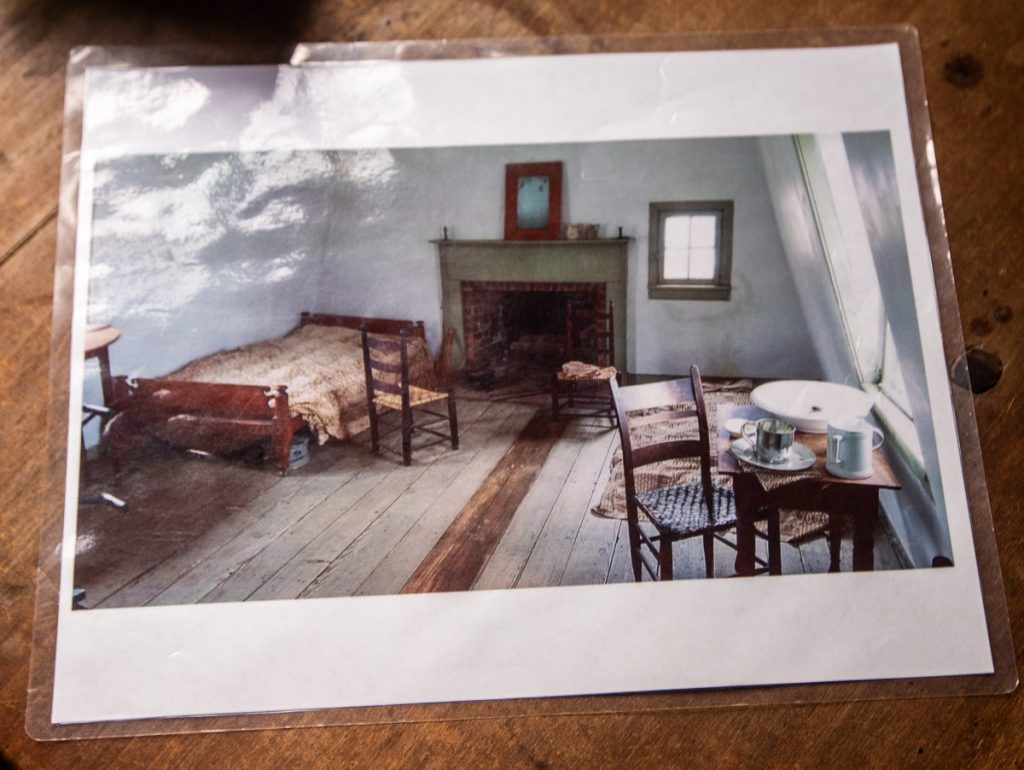
Johnson was a slave owner, and white supremacist. However, he was not pro confederacy and believed in the Union. So, he stayed as a senator in DC serving the Union government during the Civil War. He became somewhat of a celebrity and token senator during the Civil War.
Abraham Lincoln asked him to be his running mate for his second term as President as he knew having a Southerner in office would be favorable to his plans for reconciliation.
I guess he never thought about what may happen if Johnson had to step in as President, which is what happened once Lincoln was assassinated!
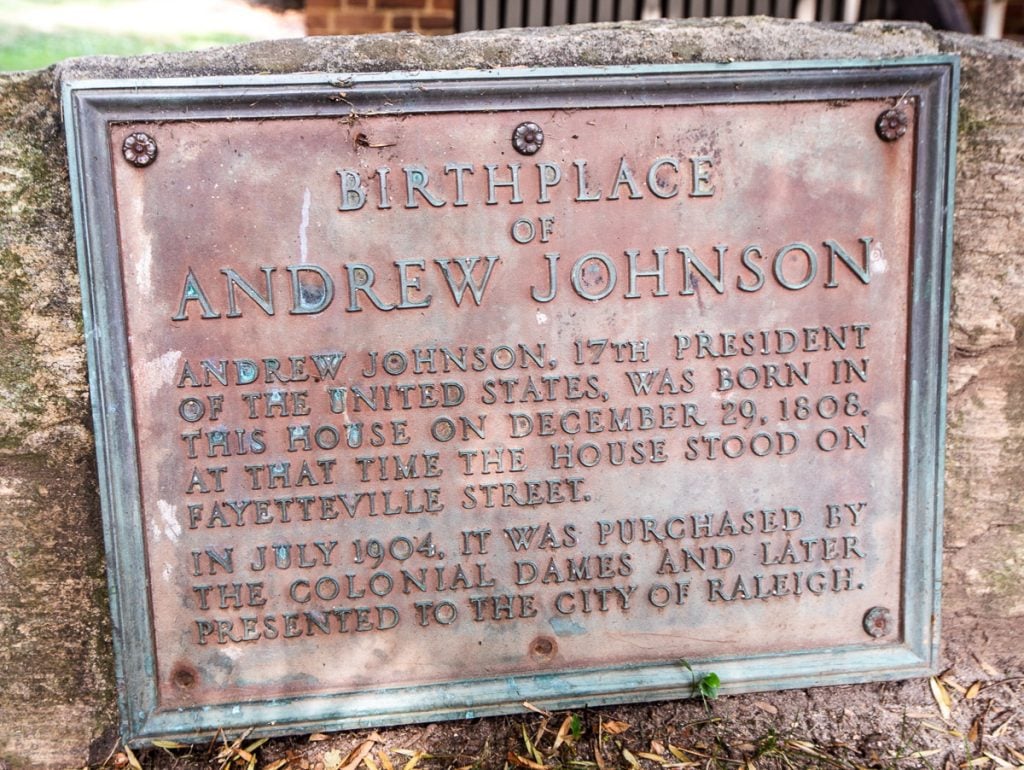
Johnson could not bring back slavery, but he could make it difficult to pass laws giving rights to Black Americans. I wonder how history may have been different if he was never President.
Those in Lincoln’s office saw the writing on the wall and quickly passed a law where the President could not fire a member of the cabinet without congressional approval. They wanted to protect the work Lincoln had done.
Johnson went ahead and fired someone anyway, which led to his impeachment – the first of any President. He won the right to finish his presidential term by one vote.
It was an interesting insight into this unpopular President born right here in Raleigh.
St Mark’s Chapel
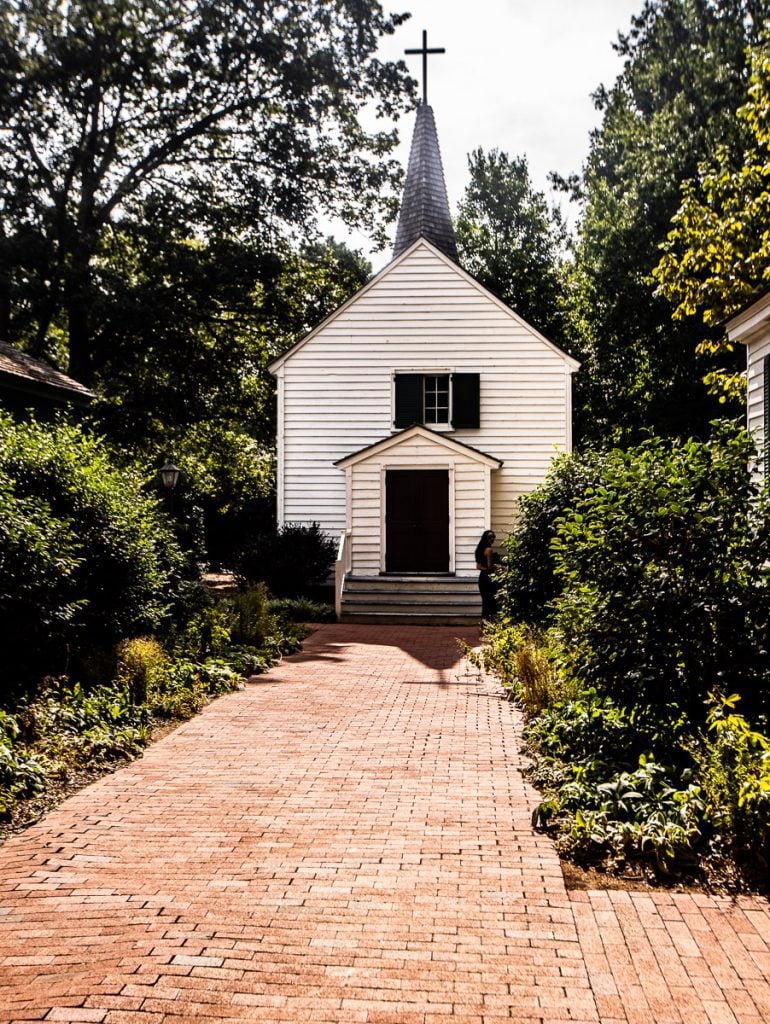
Jordan took us into the small white chapel opposite Johnson’s home where we sat on the pews to hear a little of this church built by slaves from Haughton Plantation in Chatham County, about 90 miles southwest of Raleigh.
Above the main seating area was a tiny gallery with a low roof which was standing room only for the 40 slaves on the property.
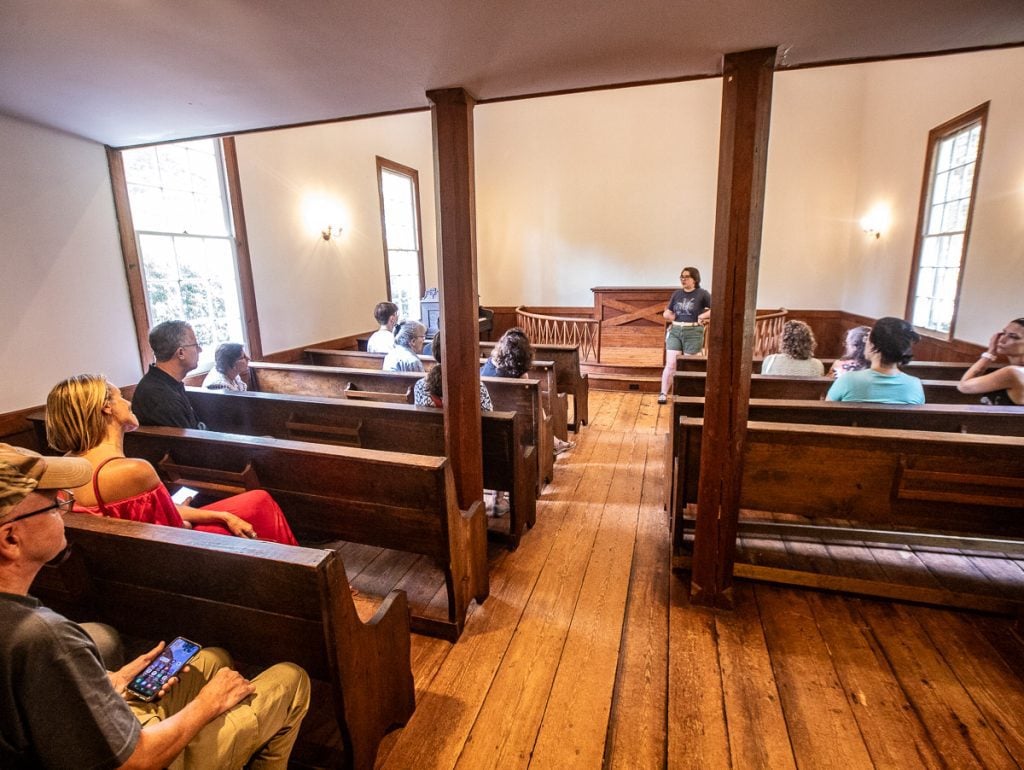
What was interesting about this episcopalian church was the fact they allowed the slaves to attend church even though most plantation owners banned the practice of religion for enslaved people. They feared it would be an organizing force for slaves to rebel.
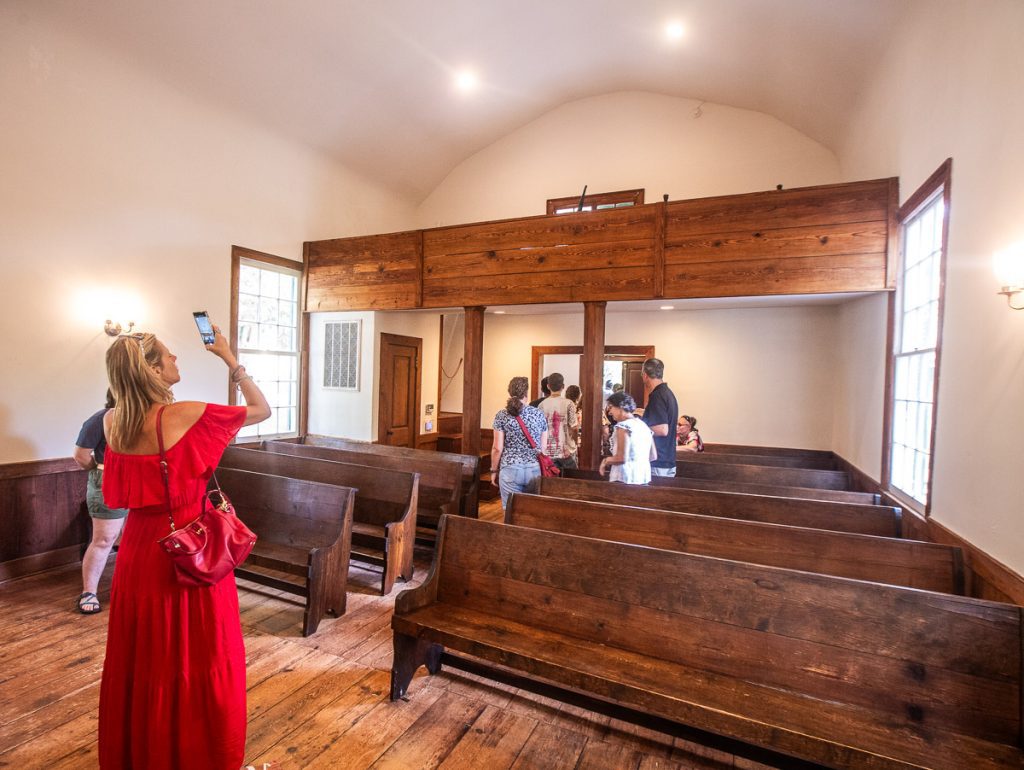
However, in this instance, the Haughton Plantation church selectively chose passages in the bible for propaganda lectures on the goodness of slavery supported by God. This was just another form of control by the slave owners.
Touring the Mordecai House
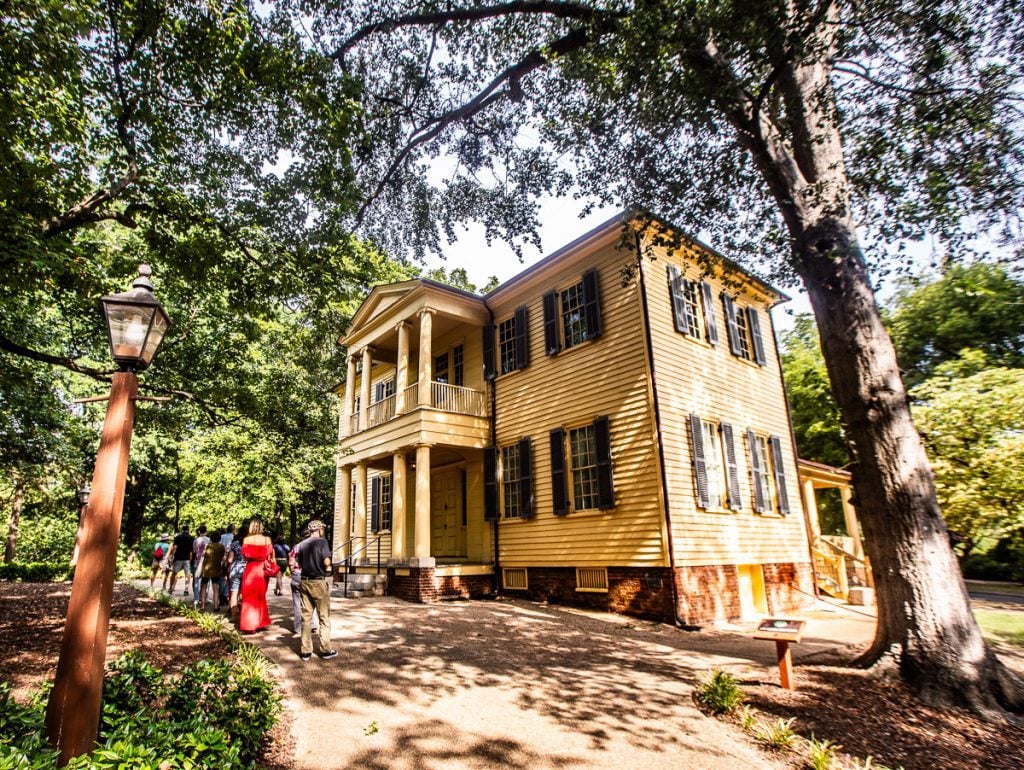
The Mordecai House is the oldest in Raleigh, even older than the city itself. It was built in 1785, while Raleigh was incorporated in 1792.
Joel Lane, built in 1760, is the oldest house in Raleigh, but was moved to downtown Raleigh from its original location. However, It was owned by the Mordecai family.
As we wandered the periphery of the yellow mansion under shady trees, we learned more about the Mordecai family.
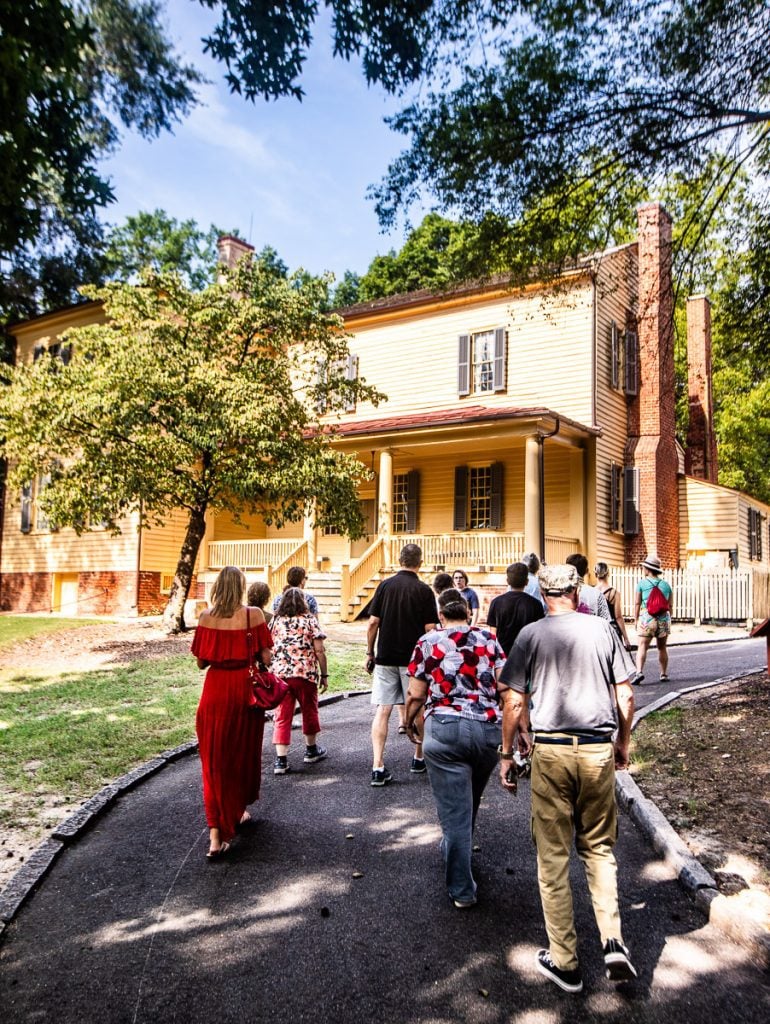
The house was built for the eldest son, Henry Lane, and his wife to live here. Their daughter, Peggy Lane married Moses Mordecai, and when she died, he married her sister Nancy to keep the money in the same family.
It would become the family home for the four kids, her two sisters, and Moses’ brother Goerge Washington Mordecai.
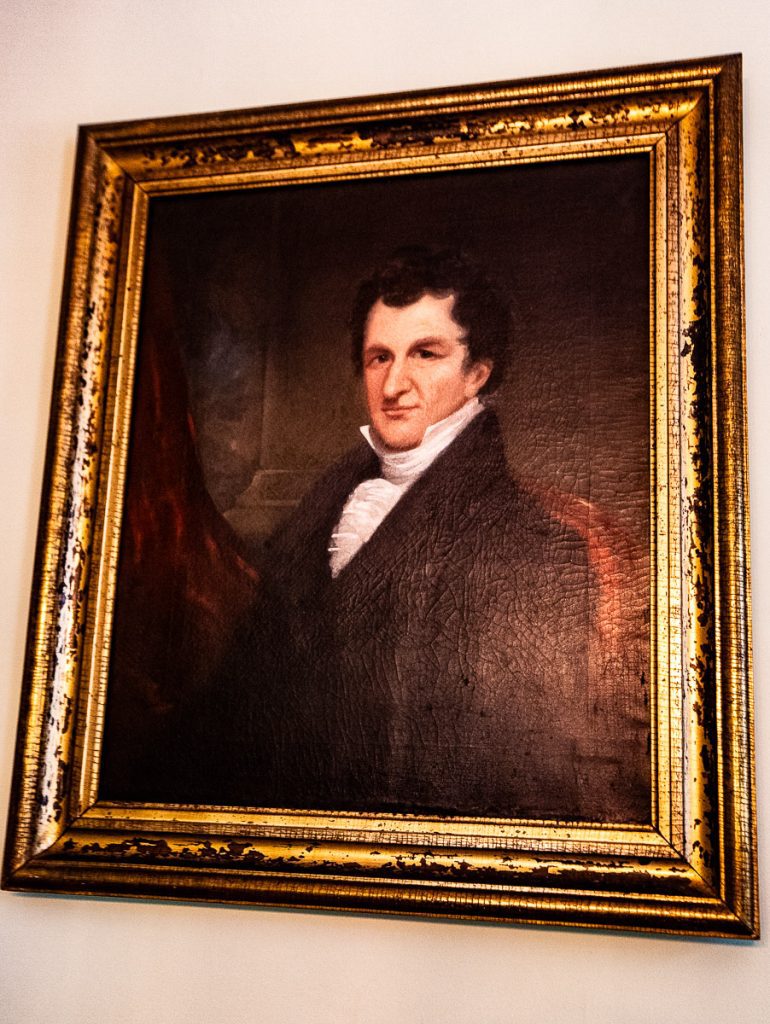
At the height of the family’s wealth, they owned 1,200 acres of land extending back to northwest Raleigh, including Oakwood Cemetery where they are now all buried. They owned about another 4,000 acres across North Carolina.
They enslaved over 200 people during their time to farm their cash crop of mostly corn. Like most planters, the Mordecai family knew little of farming practices, and used enslaved labor to build their wealth.
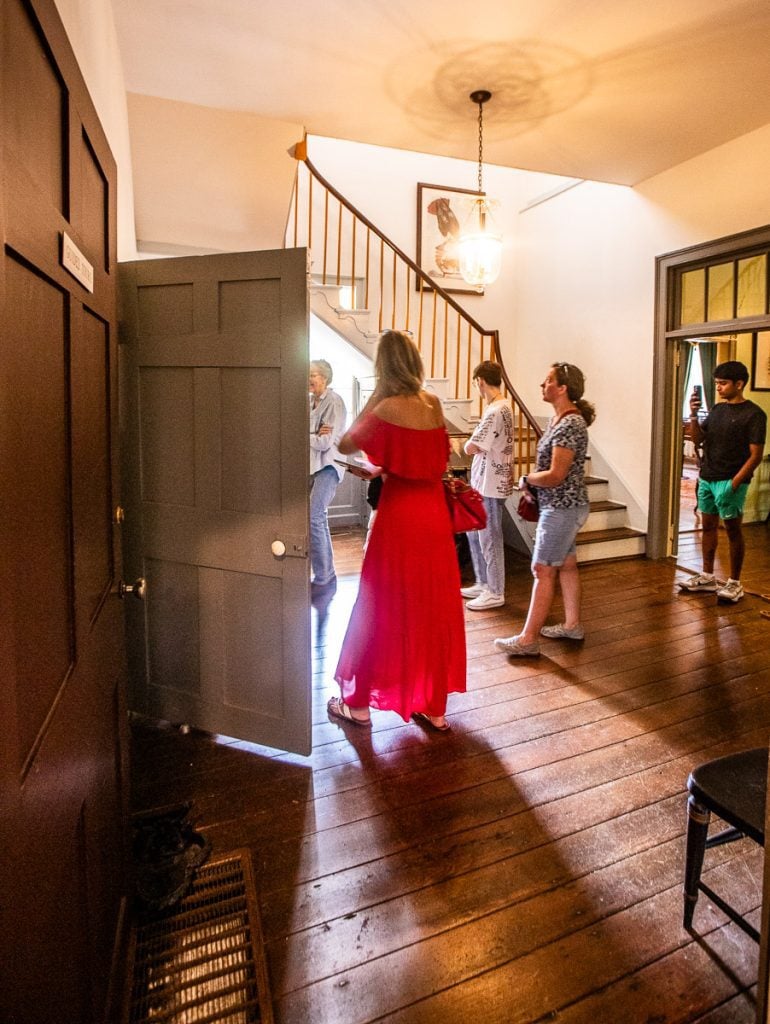
Outside the main home are a couple of buildings presumed to be a plantation office or law office as well as a smokehouse. And, the kitchen, which is not original, as it burned down. This kitchen is from the Allen Plantation but was placed in the original location.
As they were a relatively big plantation – the biggest in Wake County – the original kitchen would have been three times the size of the one standing.
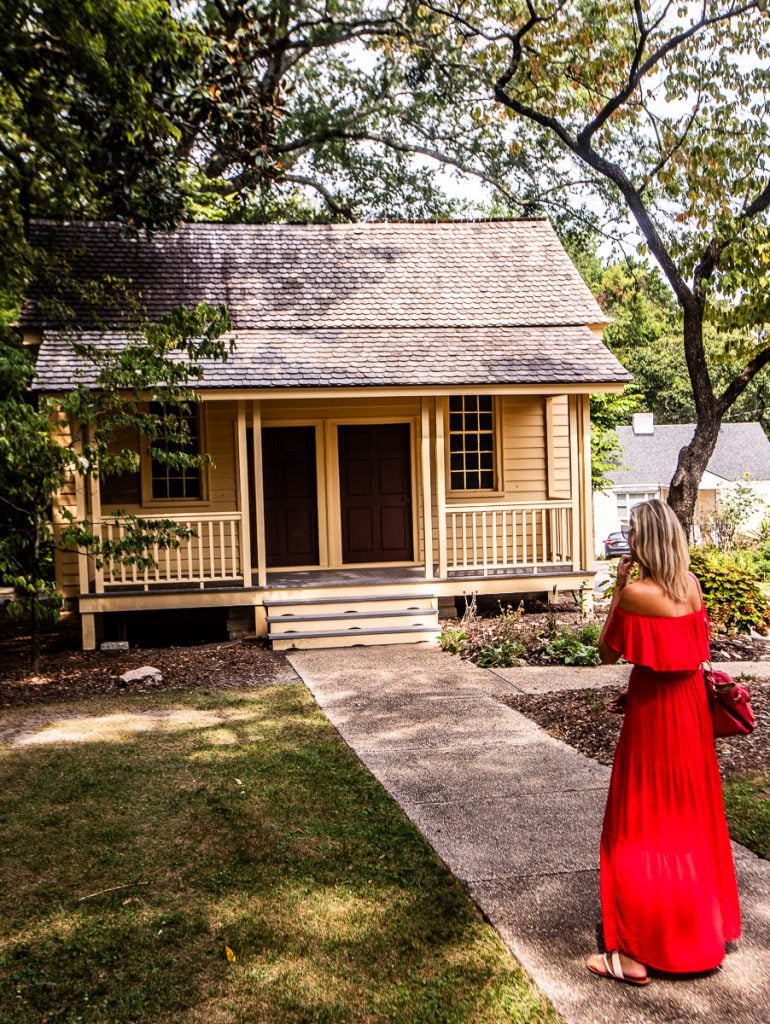
It was placed outside the home as kitchens in the south were too hot for homes without AC. But as the family lived here until the 60s this home is unusual as there is now a kitchen inside and AC!
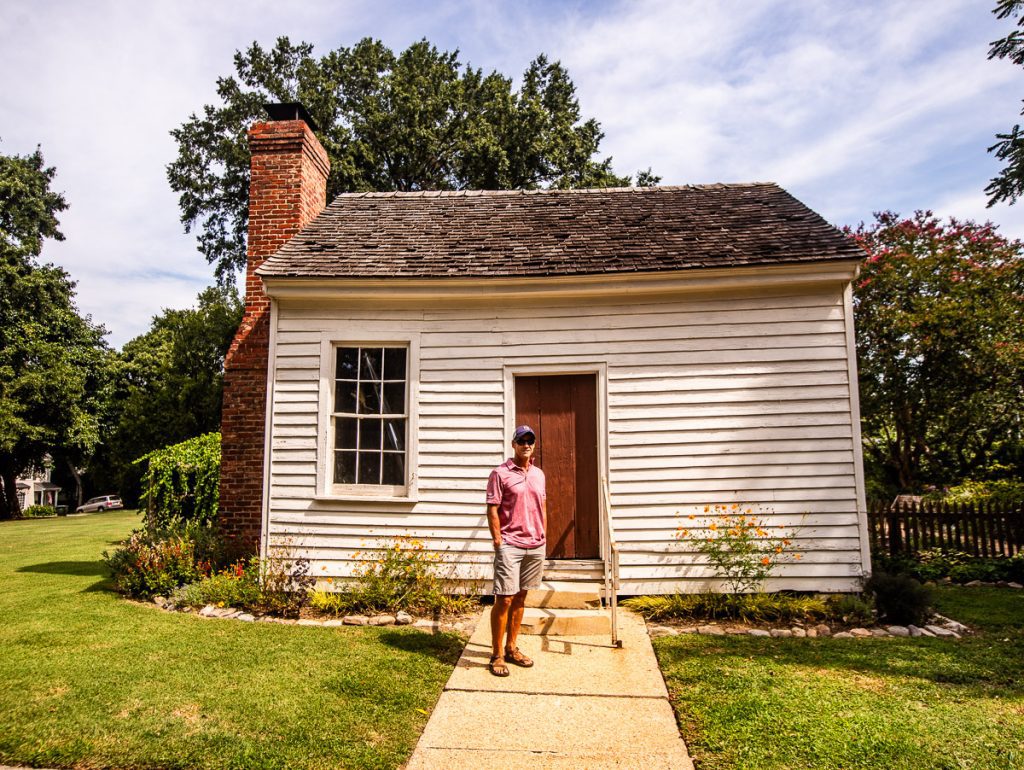
We continued to learn more about the family as we wandered through the rooms exploring the living areas, dining room, law office and nursery, which would have been the only room in the houses where slaves lived. This was not ideal for them as living with slave owners gave them even less freedom and tighter observations.
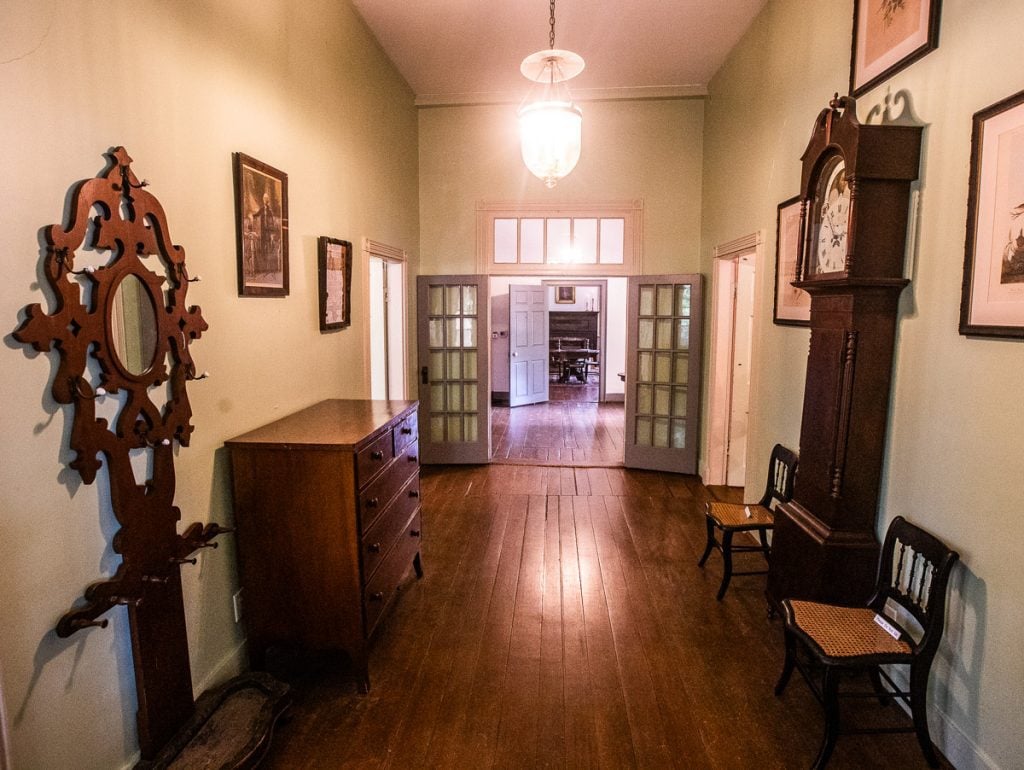
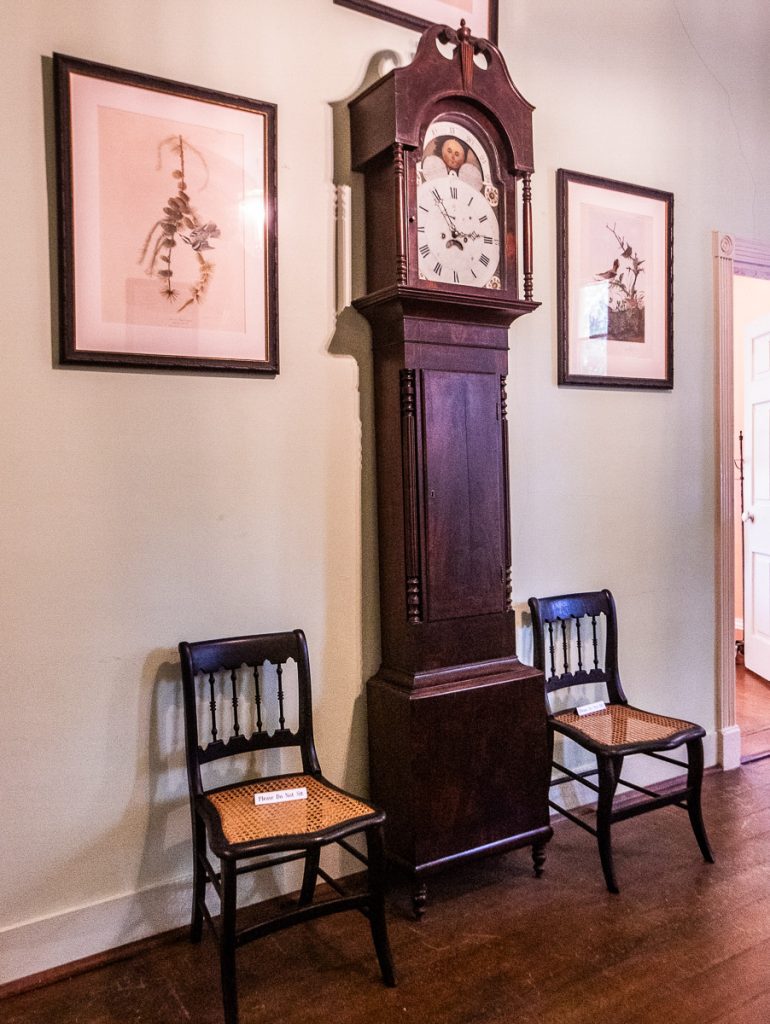
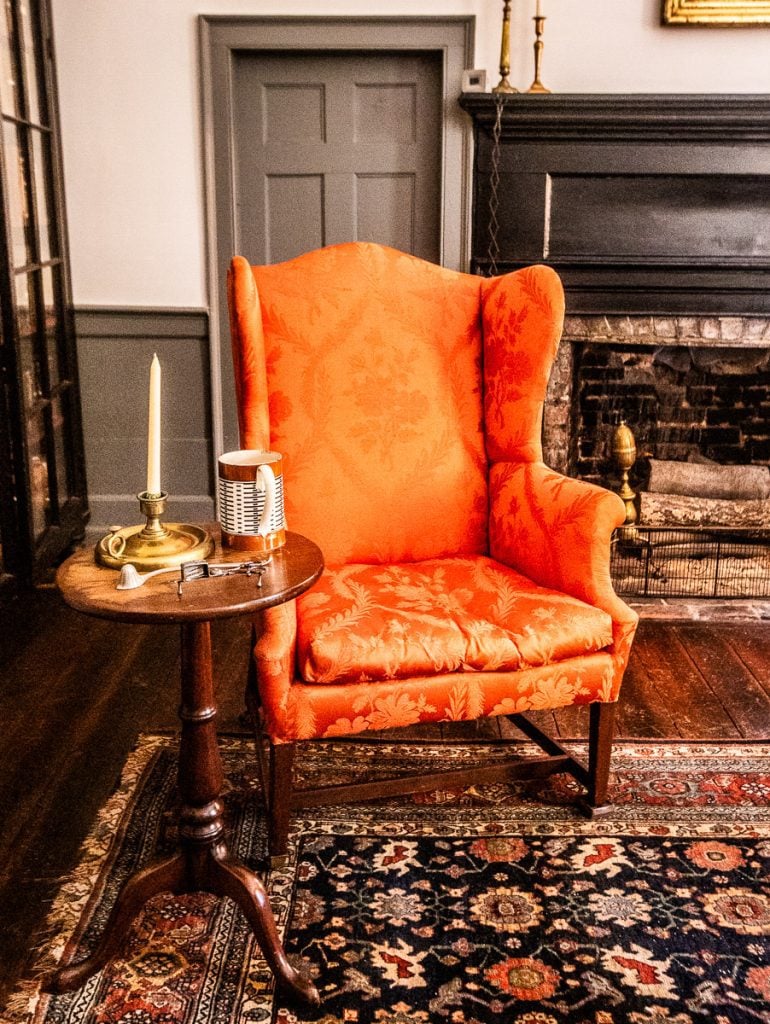
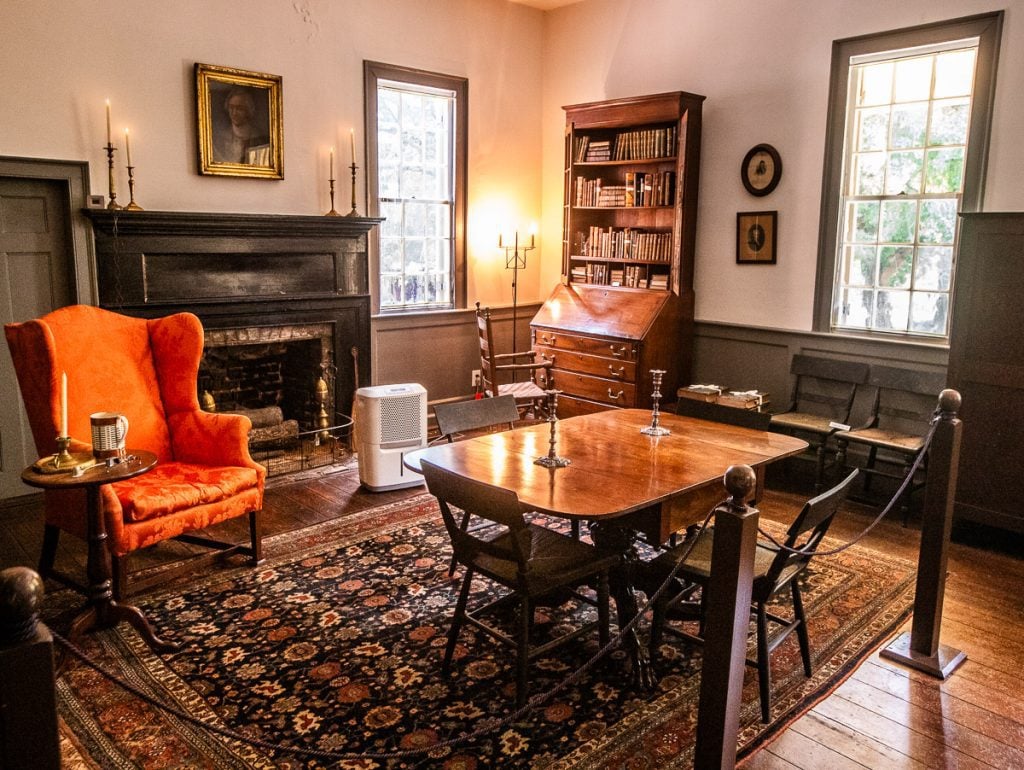
Unfortunately, we ran out of time to see the upstairs bedrooms, which were not part of the original house, but additions during the renovations by Nancy to enlarge the house when Moses died.
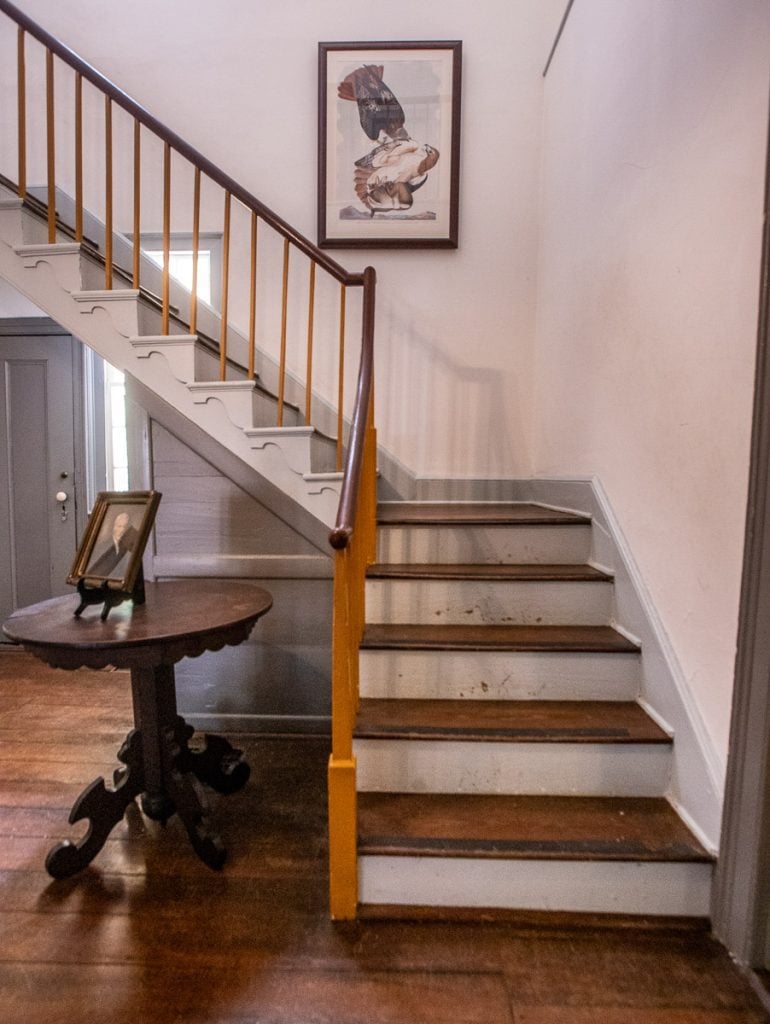
Inside the home we learned why Mordecai is pronounced Mor-duh-key, not its original Jewish pronunciation of “Mor-duh-kai“, like we have always said!
They believe Moses changed the pronunciation of his name to better assimilate into an antisemitic Raleigh culture and to appease Penny’s family who were Christians. (he did convert upon marriage).
We also learned about the heir, Henry Mordecai, as we stopped under his portrait in the living room. He ended up in control of the Plantation from the 1800s to the Civil War and was said to be an awful man who was feared by the slaves.
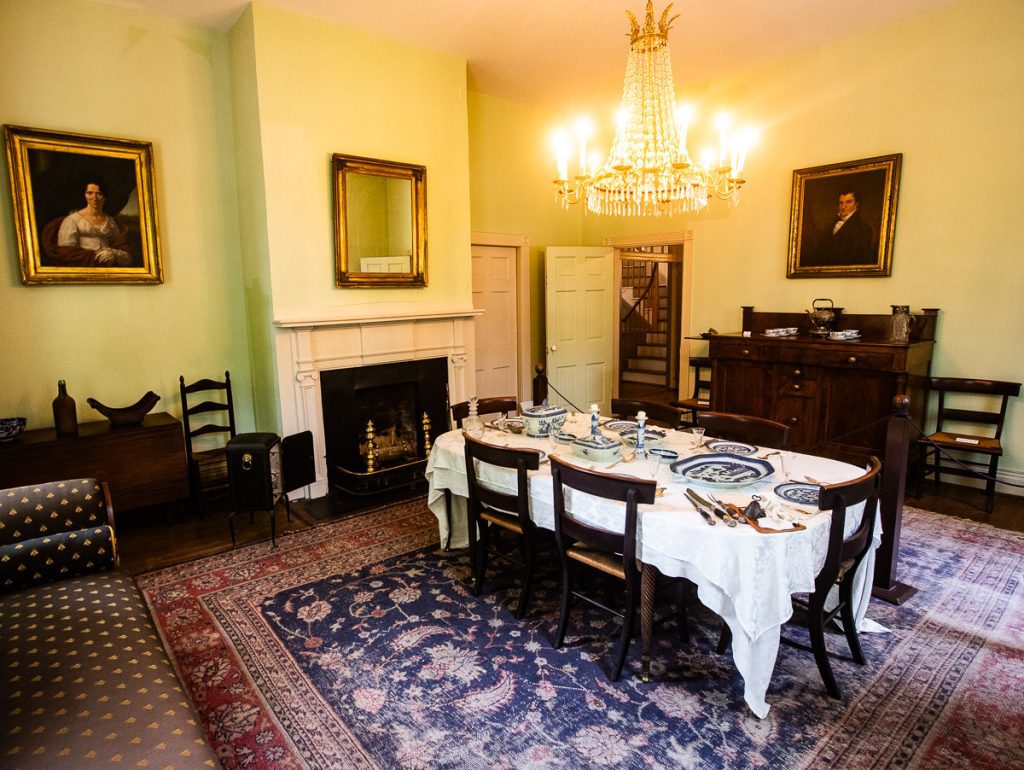
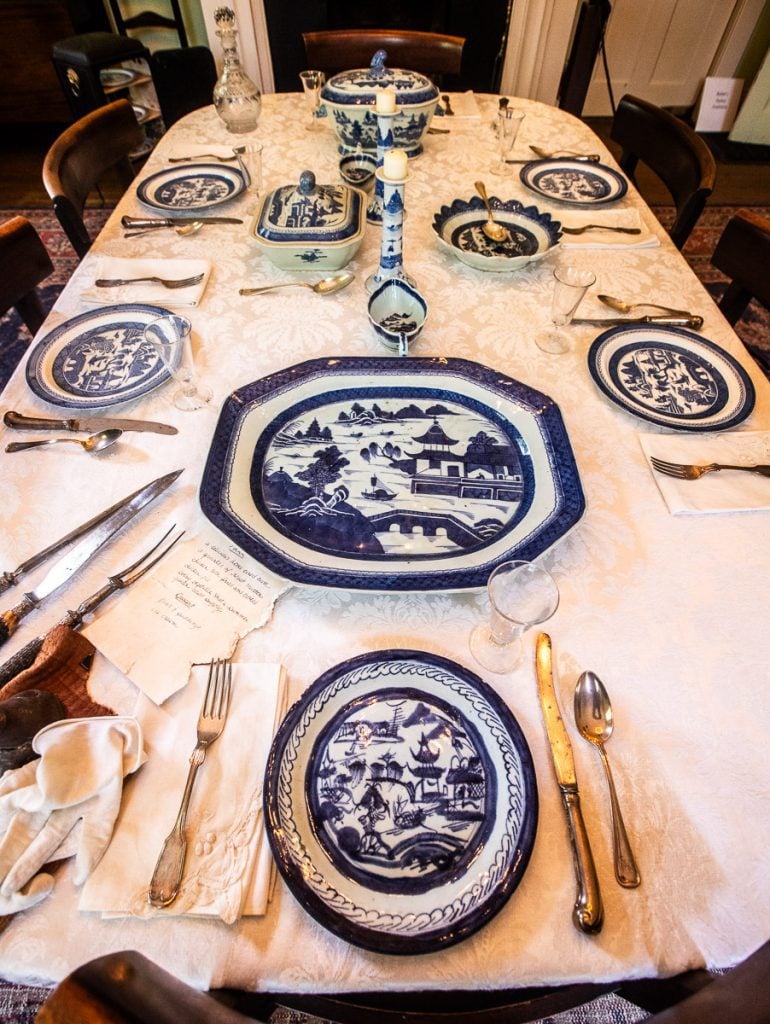
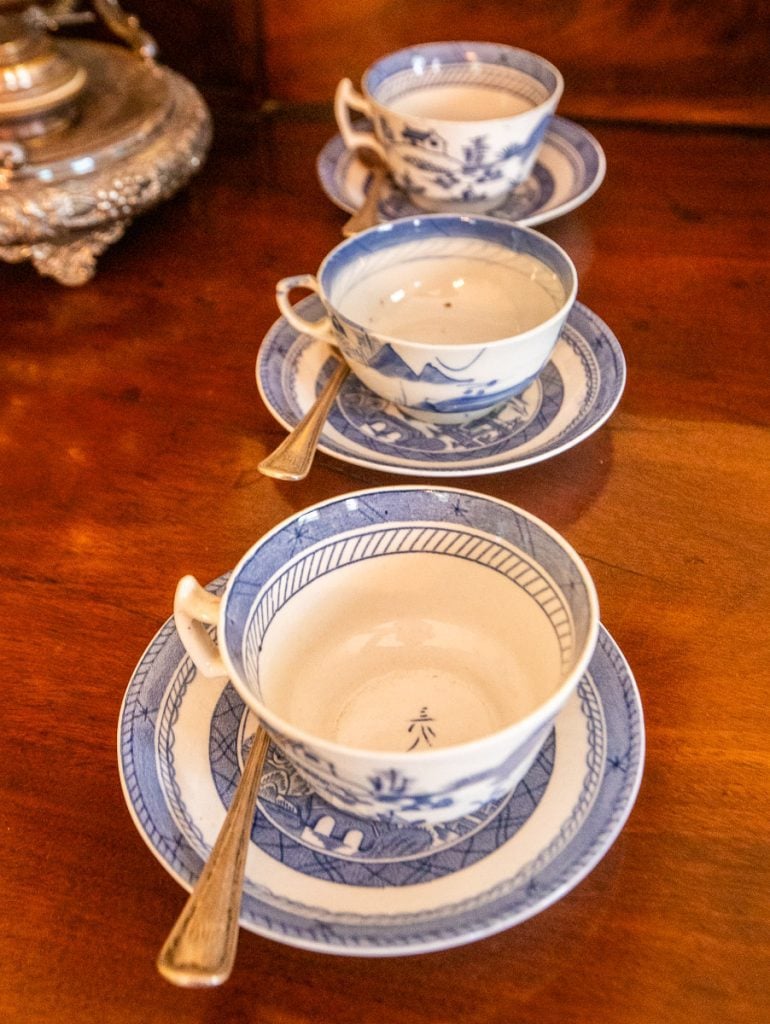
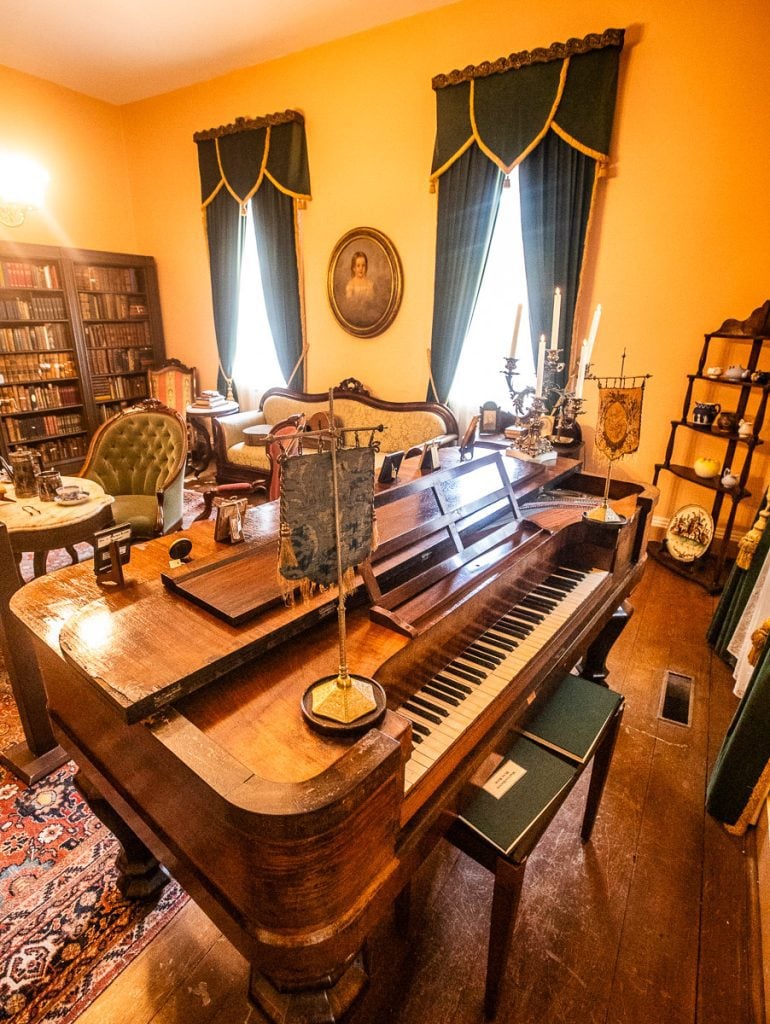
The nearby Cameron plantation at Stagville in Durham would threaten their slaves with being sold to him if they did not behave.
After the Civil War, the house and land were passed down through the family and run by three daughters who had to think quickly after their income dried up.
They were massively in debt, and one of the daughters, Patty, sold off most of their land to survive. By 1965 they were down to just the three acres of the historical park that is left standing now. Patty took the money and invested it in the RJ Reynolds Tobacco Company and what would become Duke Energy.
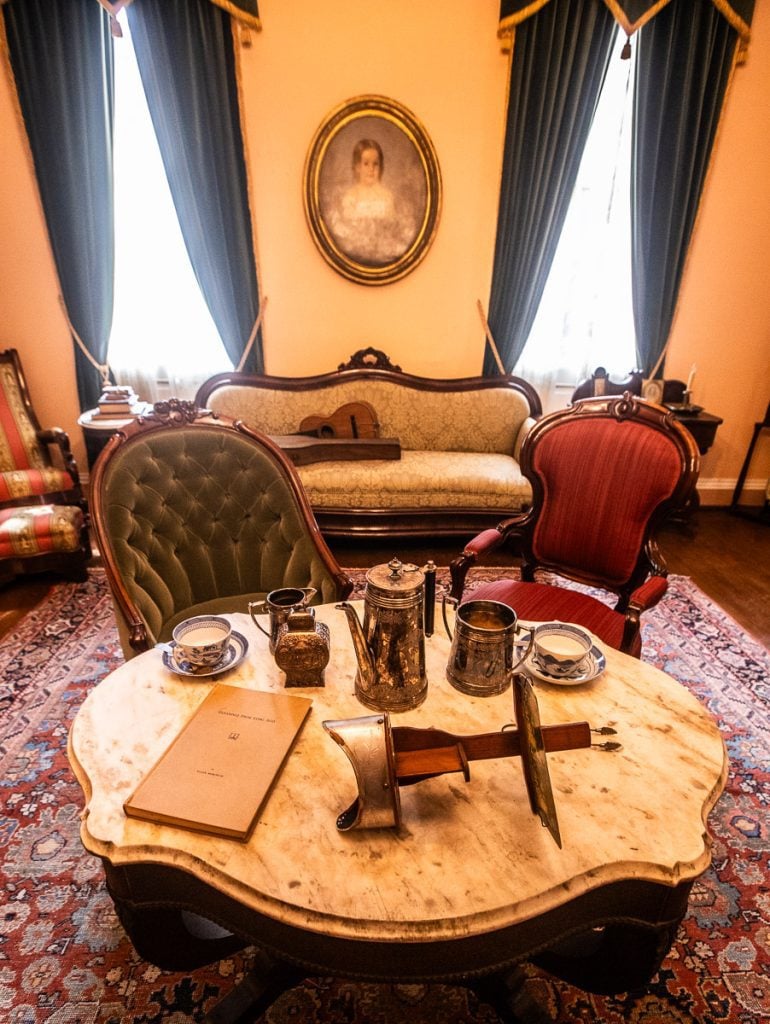
Patty never married or had kids so left the property to the youngest nephew. He was not allowed to sell it or leave it outside the family. But he also didn’t have kids and when he was in his 90s and unable to live in the house anymore, he made a deal with the city of Raleigh to purchase the property upon his death if they took care of his nursing home costs!
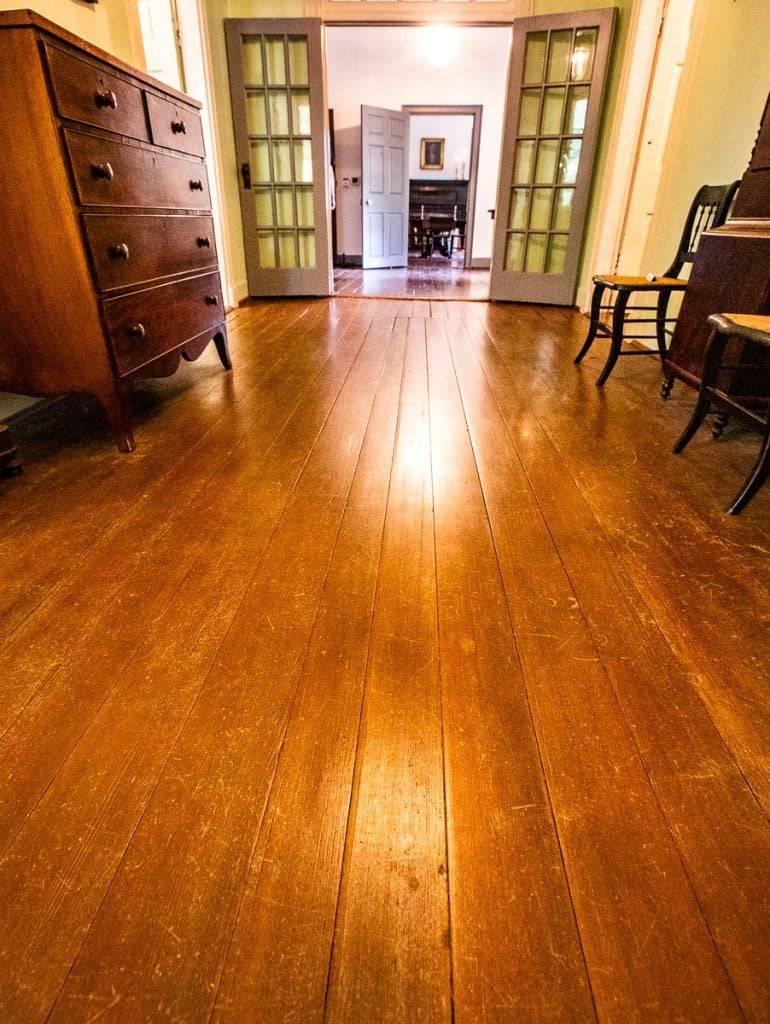
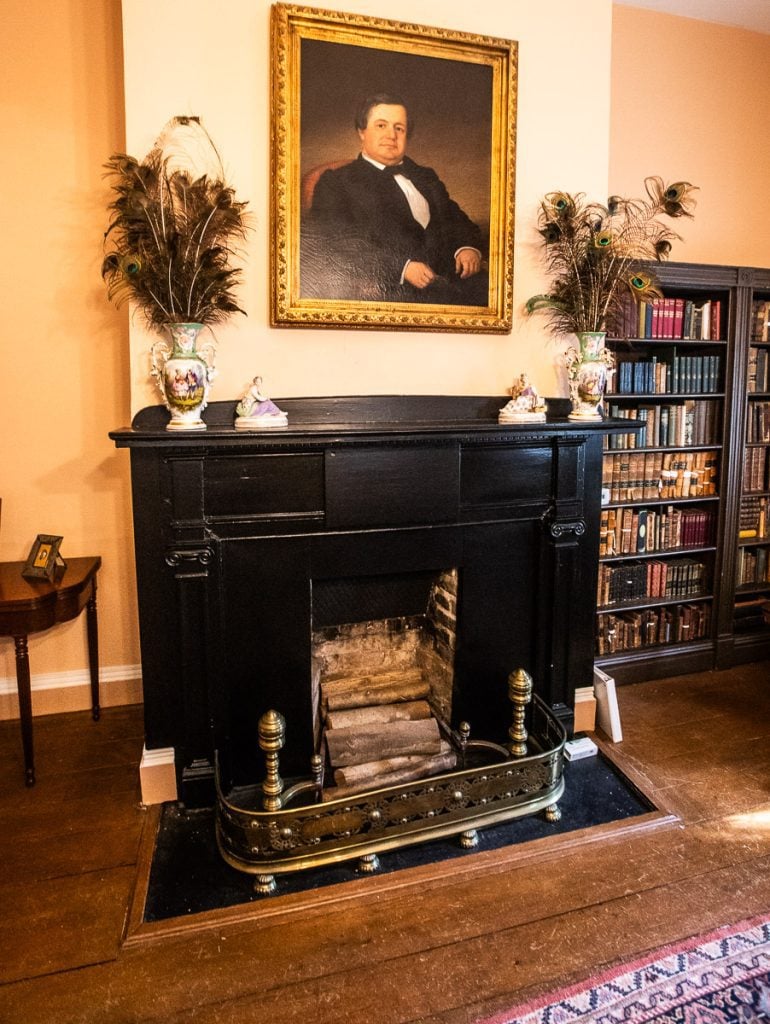
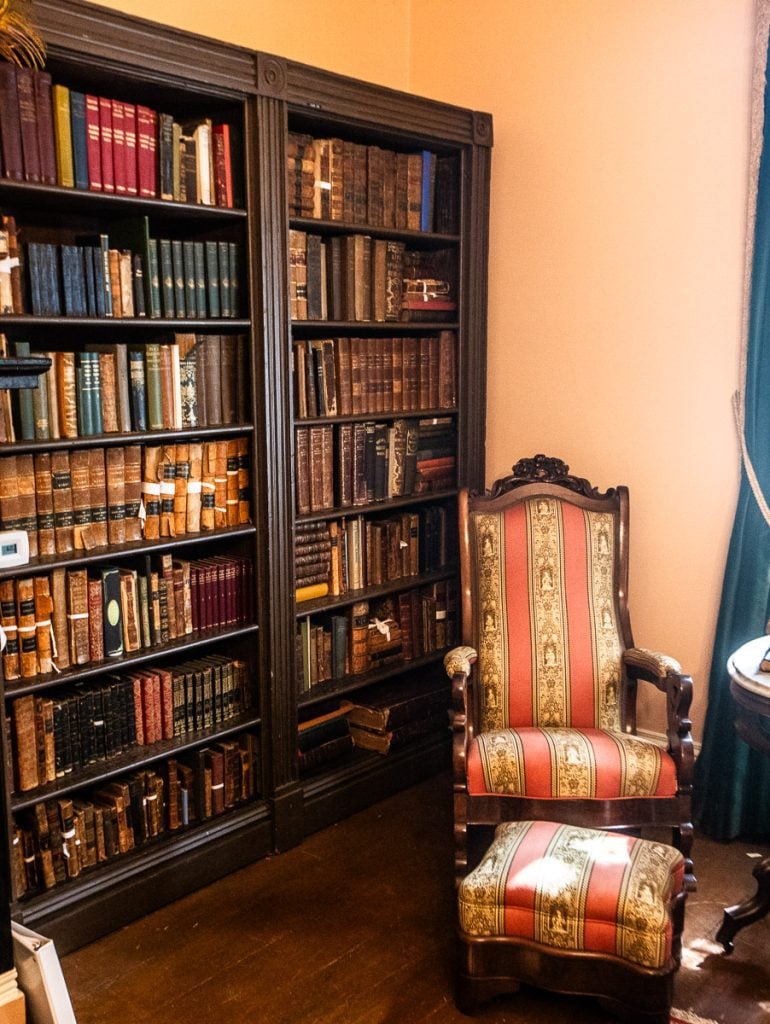
So, in 1969, the Mordecai House became part of the City of Raleigh, including all the artifacts inside, which is why most of the house is full of original artifacts.
It was quite a fascinating tour and I’m glad we took the hour out of our day to learn more about this fascinating slice of Raleigh’s past.
The Mordecai House Gardens
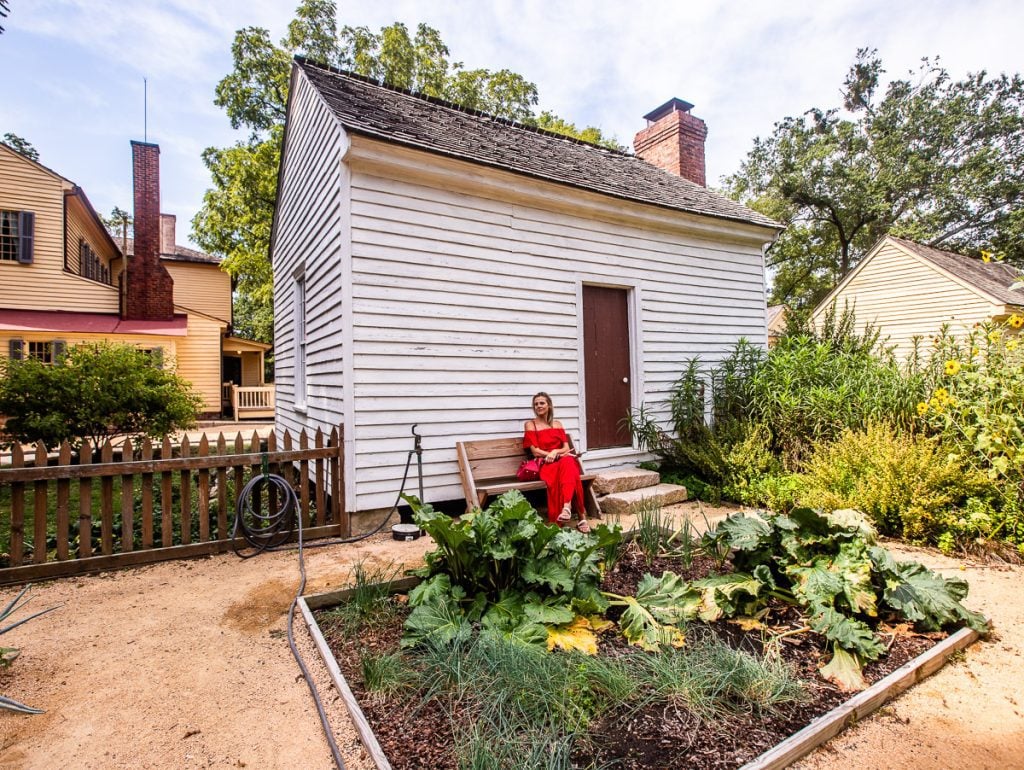
Once the tour was over, we walked around the pretty gardens and small vegetable plots behind the outside kitchen.
The Ellen Mordecai Garden is meant to represent the 19th Century Mordcai family garden as described by Ellen Mordcai in her book, Gleanings from Long Ago. (Note that she intended to only write happy memories of life at Mordecai. It’s one reason assumptions can be made that Henry was not nice as he was absent from the book!)
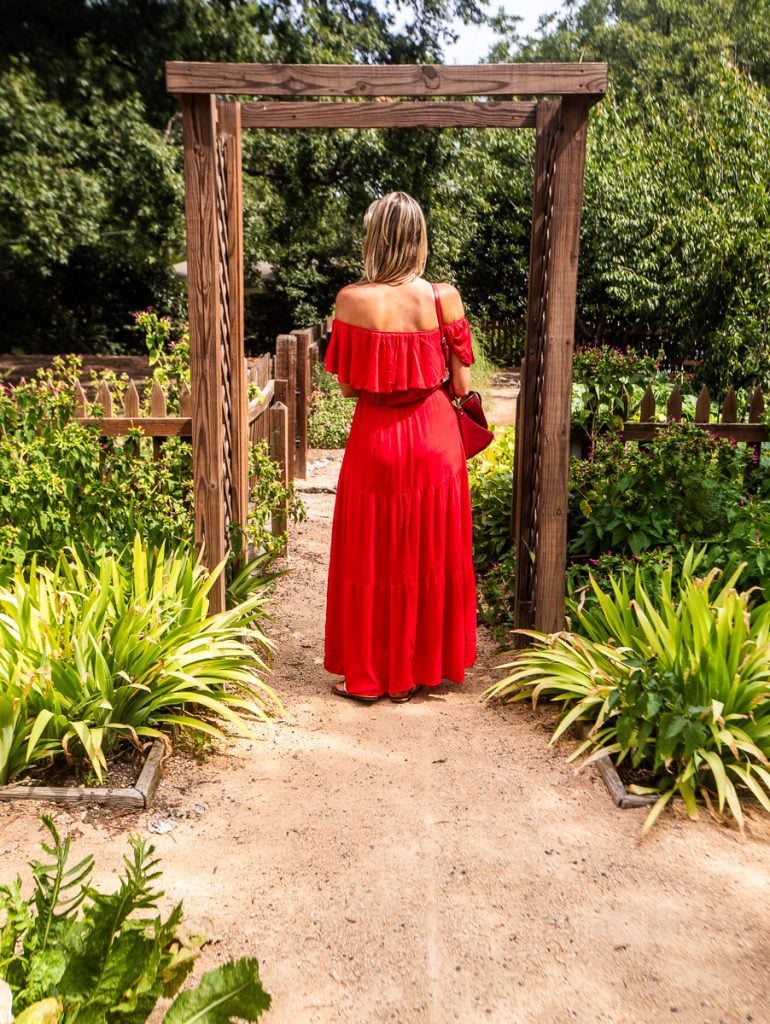
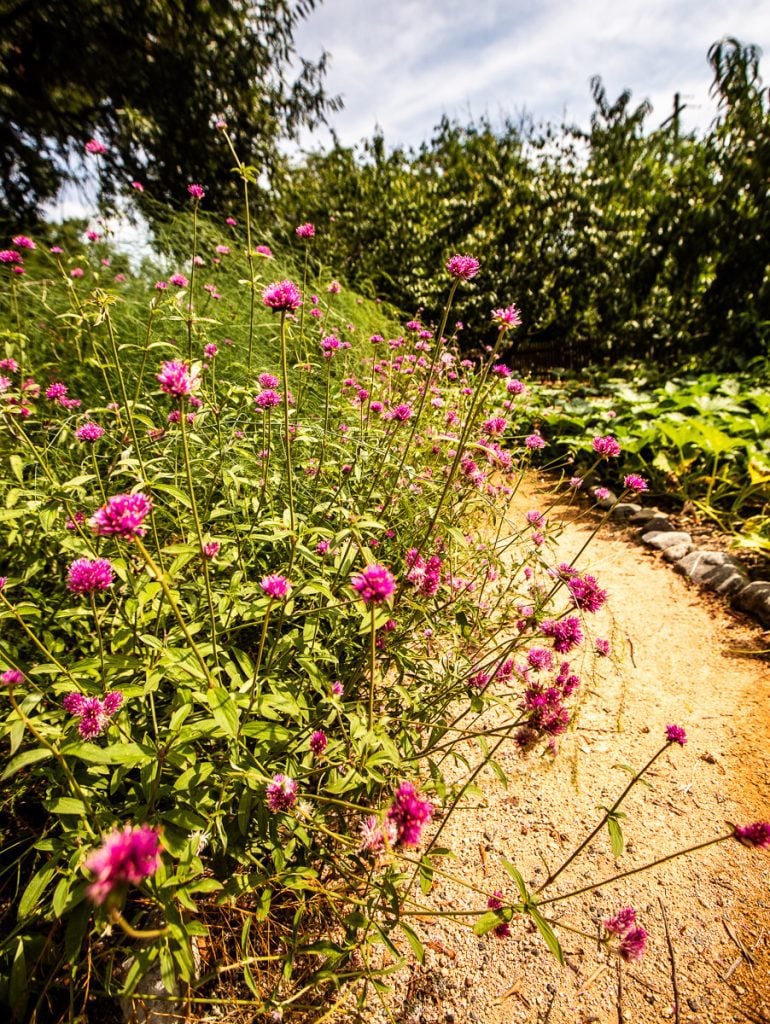
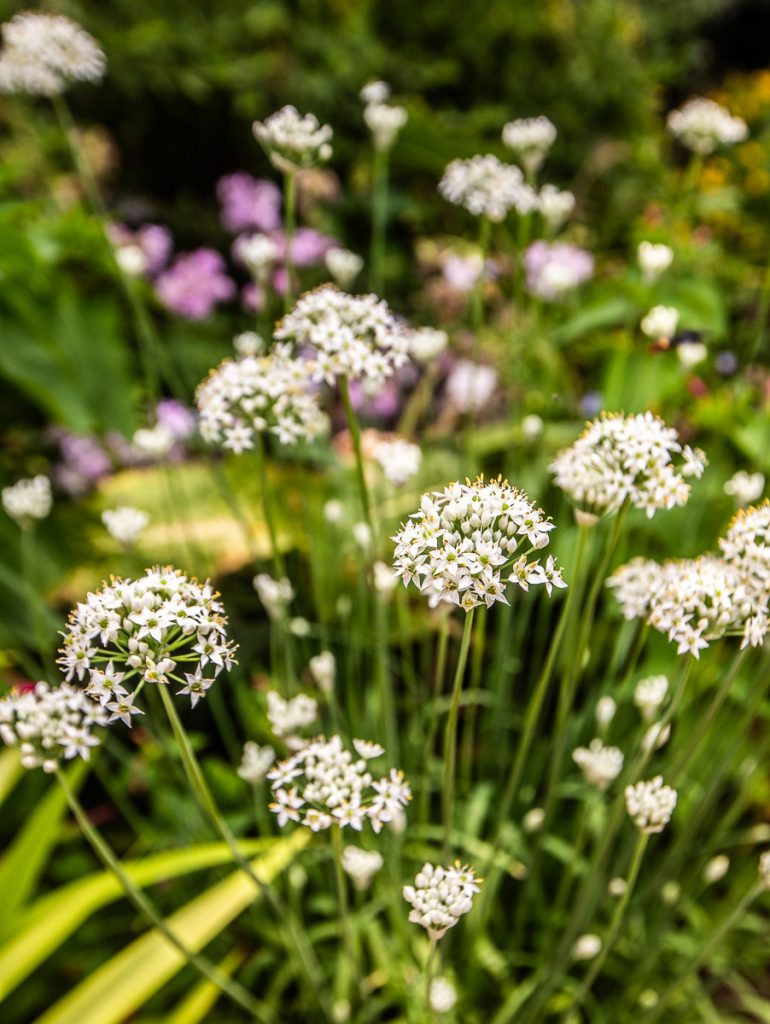
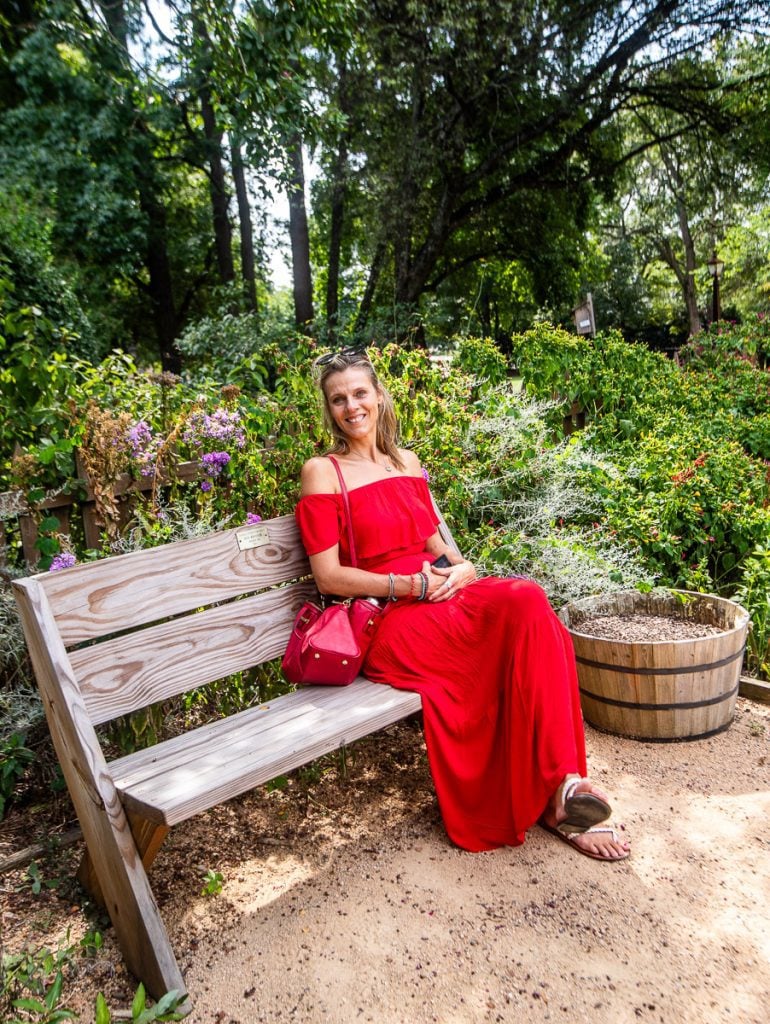
There are a few tables and chairs under some of the massive oak trees, which would be a lovely spot for a picnic. You can also get great photos from inside the gardens. We also saw some of the biggest okra and shallots I’ve ever seen!
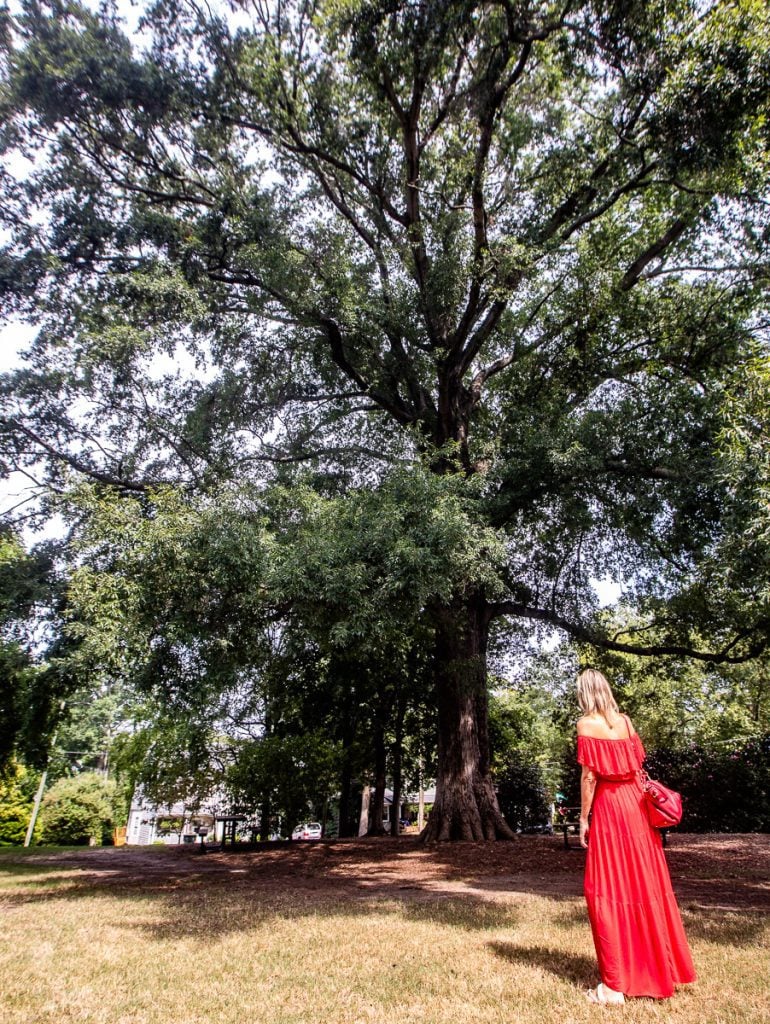
You may also want to return to the Visitor’s Center to learn more at the permanent exhibit on the site’s history. This exhibit is free to visit. There is also a gift shop here.
When are the Mordecai House Tours?
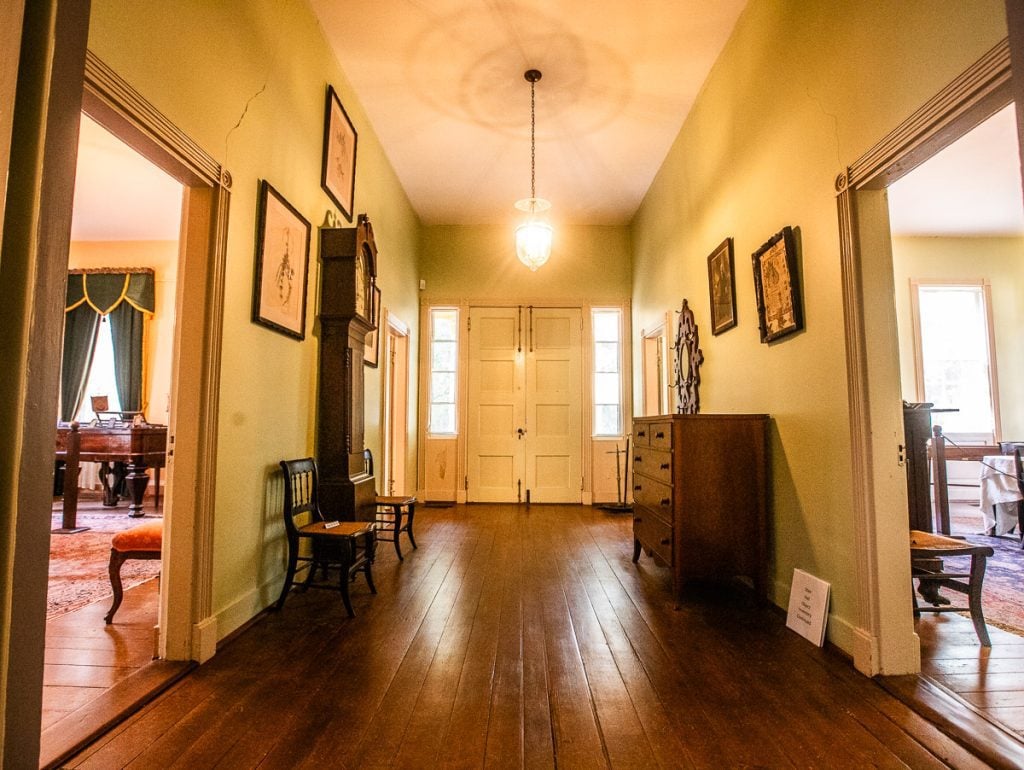
The doors to Mordecai House swing open for guided tours Tuesday through Sunday, so you’ve got plenty of chances to time-travel your heart out.
Tours of the Mordecai House and outbuildings are offered Tuesday – Saturday starting at 10 a.m. and the last tour begins at 3 p.m. On Sundays, tours run from 1pm – 4pm (last tour 3pm).
Each tour is approximately 50 minutes, and they start at the top of every hour.
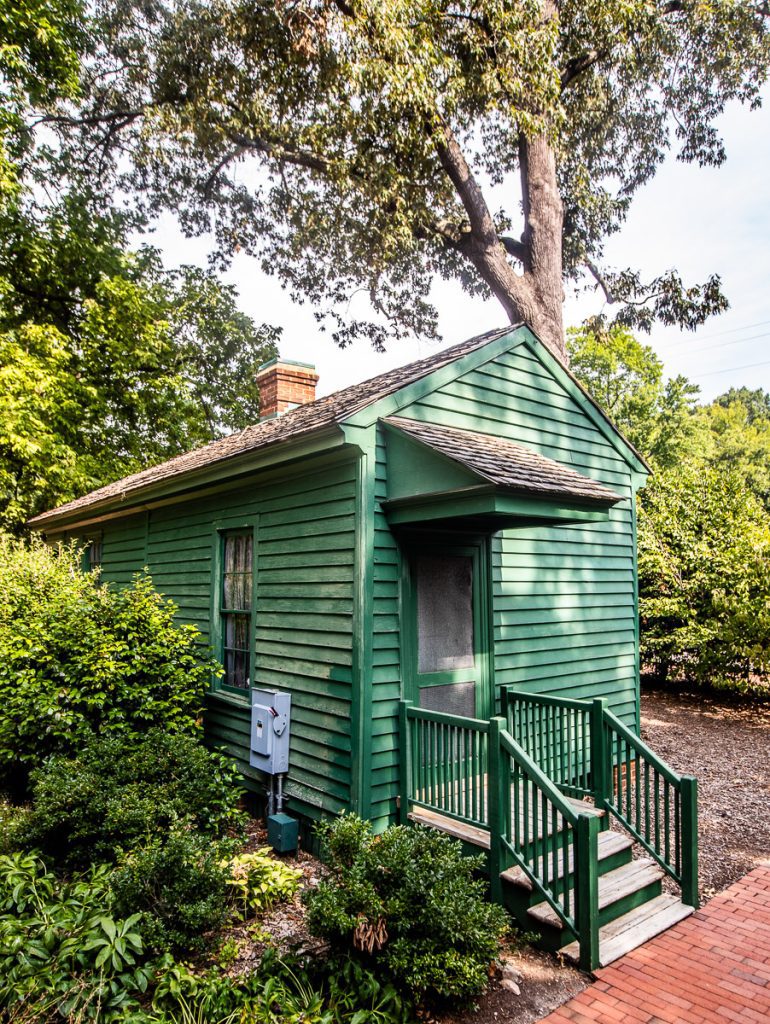
Just remember that reservations are a good idea, especially during peak times. They also do not run tours when field trips are happening, make sure you phone ahead (919-996-4364) to confirm they are running for the general public. Check the official website here.
How Much Does the Mordecai Historical Park Tour cost?
Well, folks, history doesn’t come with a hefty price tag. The tours are pretty wallet friendly. Adults – $7, Senior – $4, Youth – $4. Children 6 and under are FREE.
Final Thoughts
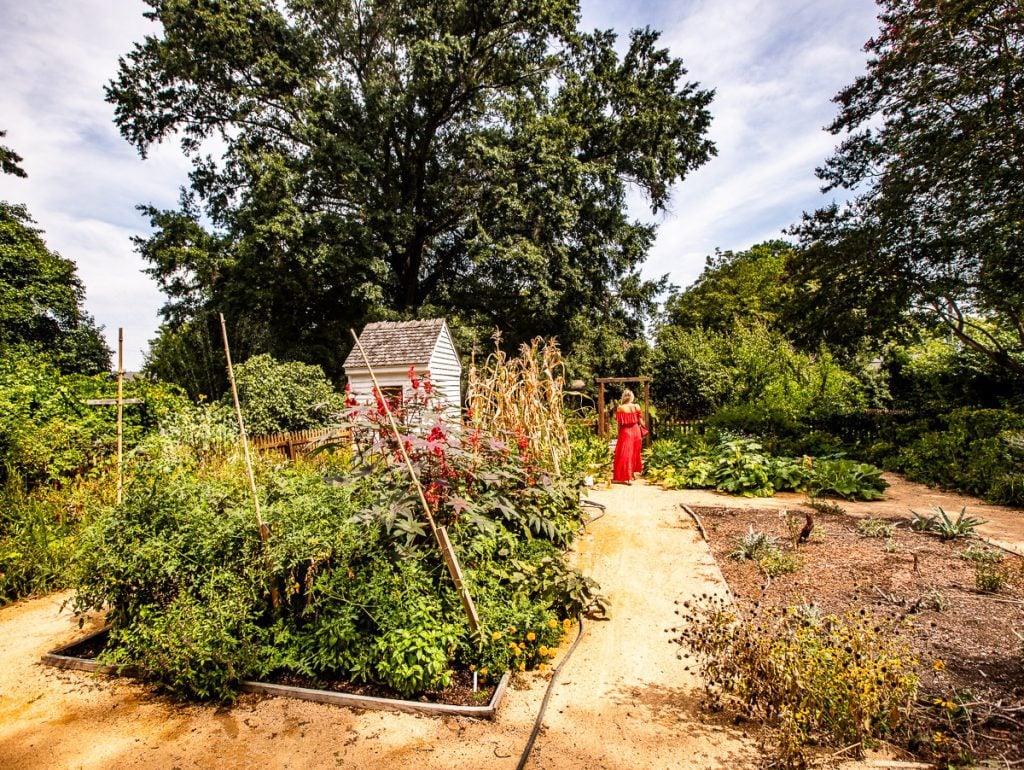
There you have it, history buffs and curious souls. Mordecai House isn’t just a house; it’s a chapter in Raleigh’s story.
If you’re eager to immerse yourself in the past, don’t miss out on this captivating tour. Uncover tales of bygone days, marvel at the architecture, and experience Raleigh’s rich history like never before.
It was a great way to spend 50-minutes in Raleigh. While in the Mordecai area, we suggest you explore a little of North Person St (coffee, beer, ice cream, shopping etc.) or wander the historic oakwood neighborhood.
What historical tour of Raleigh should we do next?
